When it comes to athletic performance, there are few environmental factors as concerning as the heat.
Not only does it can derail your performance, but it can also put you under a serious amount of physiological stress, having negative implications on your health and function.
Which is why understanding how heat impacts your body, and what you can do about it, is so important.
How does extreme heat affect athletes?
It is well established that the heat can negatively impact the performance of middle and long distance runners, cyclists, and team sport athletes alike (Nybo, 2011).
But how?
The largest response associated with heat relates to thermoregulation.
In short, under hot conditions more blood needs to be distributed to the skin to help cool down the body. This increases the cardiovascular demand placed on your body, making it more difficult to deliver oxygen to the active muscle tissue and impairing performance.
Moreover, the stress placed on the body by extreme heat also appears to impact the function of key neurotransmitters found in your brain, which impacts muscular contraction.
As I am sure you can imagine, this further impairs performance.
Finally, it is important to remember that this heat stress, if left unaddressed, can lead to serious discomfort and even illness – making it a risk to both elite athletes trying to maximize performance and recreational exercises trying to improve their health and fitness.
Has climate change has increased extreme heat?
While extreme heat has always been a concern, over the last decade it has become even more of an issue.
With climate change, we are experiencing more frequent (and oftentimes longer) bouts of hot weather. This is making extreme heat a greater concern than ever before, and something that all athletes need to be aware of.
In fact, the next Olympic Games taking place in Tokyo in July 2021 is expected to be the hottest on record – making this a prominent issue.
Related Article: Get Outside and Exercise – Your Immune System Will Thank You
How to heat acclimatize
One important method of reducing the negative effects that heat has on athletic performance is to conduct heat training to acclimatize to the heat.
This has several important effects on the body – of which the two big ones are:
- Faster and more effective thermoregulation, and
- Better cognitive tolerance to the heat
Each of these can cause large improvements in your ability to tolerate the heat, improving performance and reducing heat risk.
The good news is that the time it takes to acclimate to the heat is not as long as you might think.
Evidence would suggest that doing around 30 minutes of exercise in hot temperatures – enough to raise your core temperature to around 38.5 degrees Celsius – and maintaining this for another 30 minutes will be sufficient to stimulate some heat acclimation.
In fact, there is even research indicating that spending the same amount of time in a hot sauna without exercise will also get an adaptive response.
Now, obviously a single session is not going to acclimate you to the heat – which is why you want to do this consecutively over the course of 5-10 days to ensure you get the desired response.
It is this process that will get you acclimated to the heat.
Male vs female adaptation
While the recommendations above do seem to hold true for most athletes, it is important to note that some research has suggested that females may acclimate to the heat a little slower than males.
With this in mind, if you are a female athlete looking to optimize your performance in hot temperatures, adhering to the above for 10 days rather than 5 would be your safest bet (Kirby, 2019).
Related Article: Opportunity Differences for Male and Females in Sports
How to tell if you’re suffering from heat exhaustion.
Taking all of this into consideration, we wanted to outline some of the key signs of heat exhaustion – which would suggest that exercise should cease as soon as possible (Leiva, 2020).
Possible sings of heat exhaustion include:
- Cool, moist skin with goose bumps even despite being in the heat
- Extremely heavy sweating
- Feeling faint or dizzy
- Excessive fatigue
- A weak but rapid pulse
- Low blood pressure
- Muscle cramps
- Nausea
- Headache
While this is not exhaustive list (pun intended… lame, I know), and some of the signs do overlap with a normal exercise response, if you are experience a number of these symptoms simultaneously then it is in your best interest to cease exercise and get out of the heat before it gets even worse.
Remember, heat exhaustion does have the capacity to can progress to life-threatening heatstroke.
How to respond to heat exhaustion
Lastly, we wanted to outline what steps should be taken if you – or someone else – begins suffering heat exhaustion during an athletic event or exercise session.
- Find a cool place to rest: Your first point of call should be to get into a shady spot, or even better, an air conditioned room where you can lie down and rest.
- Drink cold water: having a cold drink will not only rehydrate you, but also help lower your core temperature. However, keep in mind that this should not be ice cold, but simply “cool”.
- Implement cooling measures: if you have easy access to a cool shower, a cool bath, or damp towels you can out on your skin, then these should be on your radar. These are all effective methods of cooling you down even further.
- Loosen your clothing: remove any tight and restrictive clothing to improve airflow to the skin.
Importantly, if you (or whomever you are helping) do not begin to feel better within an hour of implementing these measures, seek prompt medical attention as soon as possible.
Final Thoughts
Extreme heat is something that can not only impact your ability to perform, but it can also put your health at risk – which is why heat training has become one of the most important steps you can take to boost your performance and improve your safety.
But if you are training in the heat, remember to pay attention to the signs of heat exhaustion and be as safe and as smart as possible.
The heat is a dangerous environmental factor – and something that deserves your respect.
References
Nybo, Lars, Peter Rasmussen, and Michael N. Sawka. “Performance in the heat—physiological factors of importance for hyperthermia‐induced fatigue.” Comprehensive Physiology 4.2 (2011): 657-689.
Kirby, Nathalie V., Samuel JE Lucas, and Rebekah AI Lucas. “Nine-, but not four-days heat acclimation improves self-paced endurance performance in females.” Frontiers in physiology 10 (2019): 539.
Leiva, Daniel F., and Ben Church. “Heat Illness.” (2020).
You Might Like:
How Athletes Can Beat the Heat
When it comes to athletic performance, there are few environmental factors as concerning as the...How to Workout to Promote Longevity
Exercise is for everyone. In fact, I would argue that exercise becomes more important as...Does Testosterone Boost Athletic Performance in Female Athletes?
Testosterone is one of the most talked about hormones in the human body – especially...Is Muscle Memory in Athletes Real?
If you have spent any time in a gym setting, then you would have heard...The New Technique That May Kill Cancer
Cancer is arguably the largest killer on the planet. It is debilitating disease – and...Physical Activity and The Immune System
Almost everyone on the planet knows that exercise is good for them. Its good for...How to Increase Bone Health
Did you know that more than 50 million Americans are currently living with low bone...Glute Activation Warm-up and Exercise Performance
Anyone who has ever taken part in formal exercise would have performed a warmup (hopefully...Gender Perceptions of Coaches and Athletes
Anyone one who wants to compete in sport at any level knows that a coach...What Your Sweat Says About Your Fitness Health
Every single person on the planet sweats. Now, don’t get me wrong – I am...The Best Way to Taper for Sports Performance
There is no doubt in my mind that most of you love training. I completely...Are There Benefits to Working out on Cannabis?
Not so long ago, merely suggesting that there could be any benefit to exercising on...Are ACL tears more common during a women’s menstrual cycle?
If you are an athlete or weekend warrior who has gone down with an injury,...Exercising With An Autoimmune Disorder
Hunter Bennett Exercise is hands down the most important thing you can do for your...Exercise: Is It Passion Or Addiction?
Hunter Bennett You would be hard pressed to find someone who could possibly consider exercising...The Role Of Foot Strength In Athletic Performance
Hunter Bennett Improving athletic performance is a never-ending endeavor. As a result, we are always...Homocysteine Levels: How They Affect Your Health
Hunter Bennett Over the last few decades, researchers have taken a very deep dive into...Grip Strength Is An Indicator of Whole Body Strength
Hunter Bennett As we age, we tend to see general declines in health, and more...Exercise to Prevent Osteoporosis
Hunter Bennett In modern society, we are now being afflicted by a number of unique...The Benefits of Sports Variation
Hunter Bennett There is a common line of thought suggesting that to become great at...How Does the Menstrual Cycle Impact Physical Performance?
Hunter Bennett There is a myriad of factors that affect physical performance capabilities. Things such...Cognitive Sports Training: How Can It Improve Performance?
Hunter Bennett Competing and performing in sport requires a huge amount of time, effort, and...Becoming an Unbreakable Athlete
Hunter Bennett The primary role of coaches and sports practitioners alike is to create robust...Exercise and the Afterburn Effect
Hunter Bennett When most of us think about exercise, we tend to think about the...How Core Strength Effects Athletic Performance
Alyssa Bialowas What is Core Strength? Your core is a complex series of muscles that...The Tibialis Muscles & Lower Limb Injury Risk: What You Need to Know
Hunter Bennett Hamstring and Achilles injuries are some of the most common to plague track...Are Plant-Based Protein Drinks Effective for Exercise Recovery?
Dayton Kelly This article was adapted from a combination of speeches given at the European...Is Milk the Perfect Recovery Drink?
Dayton Kelly Optimizing recovery allows you to achieve the most adaptation per workout and reduces...Breathing Exercises for Health & Performance
Hunter Bennett When we think of exercise, our minds tend to jump to those that...Cell Phone Activity Trackers
Dayton Kelley As advances in technology continue to rapidly drive the world of exercise forward,...Effects of Dehydration on Athletic Performance
Dayton Kelly This article was adapted from a combination of speeches given at the European...Ice Baths- Help or Hinder?
Dayton Kelly This article was adapted from a combination of speeches given at the European...The Best 3 Stretches to Improve Athletic Performance
Hunter Bennett Over the last few years, the use of self-myofascial release treatment modalities to...The Best Workout Combination: Endurance Training and HIIT
Dayton Kelly This article was adapted from a combination of speeches given at the European...Plyometric Training to Enhance Performance
Hunter Bennett When it comes to maximizing the athletic performance of any sporting endeavor, it...Reaction Time Test: Improving Your Time
Evan Stevens Aging sucks. While some argue that aging is a wonderful part of life,...How to Improve Your Aerobic Capacity – Tips & Tricks
Alyssa Bialowas Cardiovascular exercise improves the ability to both move oxygen and nutrients to working...Exercising in the Heat
Alyssa Bialowas As temperatures continue to soar in the summer, it’s important to be cognizant...Fasted Workouts: The Key to Faster Weight Loss
Jesse Friesen Fasted exercise is beginning to gain a lot of attention in the fitness...Does Weightlifting Make You Smarter as You Age?
Evan Stevens New research just published has determined that leg exercises, particularly weight-bearing exercises, send...Which Is the Best for Aerobic Performance – HIIT or Endurance?
A Review by Alyssa Bialowas Long slow distance training refers to exercise that covers a...3 Ways Lifelong Exercise Prevents Aging
Alyssa Biawolas It’s no secret that exercise is good for the soul. Lifelong exercise is...Does Exercise in Morning & Evening Have an Effect on Fat Burning Response?
A Review by Alyssa Bialowas Metabolic syndrome is a group of conditions that occur together...3 Ways Physical Exercise Improves Cognitive Function in Middle-Aged Women
Alyssa Bialowas As we age, our cognition, memory and language ability gradually deteriorate. One of...Does Low Blood Flow Restrict Resistance Training Load?
A Review by Alyssa Bialowas It has been suggested that muscle size and strength gain...Do Women’s Menstrual Cycle Affect Exercise-Induced Muscle Damage?
Alyssa Bialowas Introduction Studies have shown that a woman’s menstrual cycle can affect exercise-induced...5 Ways To Exercise Your Heart
Julia Basso Exercise beneficially affects the body in a surprising number of ways. I am...What Is The Fascia And Why Does It Matter?
Ryan Cross, B.A. Hons (Kin), MScPT, FCAMPT Registered Physiotherapist in Sarnia, Ontario, Canada For as...Factors That Determine Long-Term Fitness Success
A Review by Alyssa Bialowas Public health interventions aim to change the behavior of an...The Evolution Of Exercise Prescription In Bone Health
Dr. Sarah West In September 2017, I had the pleasure of attending one of my...Exercise Recommendations For Irritable Bowel Diseases
Gillian White, MSc, Ph.D. (Candidate), University of Toronto, Graduate Department of Exercise Sciences Irritable Bowel...The Brain Effect – Intervals Vs Endurance (Part 5)
Evan Stevens At Forever Fit Science we’ve received a lot of feedback regarding exercise and...Keep Moving – Aerobic Exercise Increases College GPAs
Julia C. Basso, PhD Reporting from the 2017 Annual Society for Neuroscience Meeting (Basso JC, Crosta...Success Factors for Olympic Cross-Country Skiing
Alyssa Bialowas Introduction On a mission to find best-practice training programs for both sprint and...Eccentric Exercise & Antioxidant Supplementation
Alyssa Bialowas Eccentric exercise is defined as the lengthening of the muscle while contracting, or...Exercise Affects Symptoms Of OCD
Catherine O’Brien Throughout my research, one theme has continued to emerge: exercise has powerful effects...Exercise & Celiac Disease
Julia C. Basso, PhD Eating gluten free seems to be in fashion at the moment....The Power Of Music During Exercise
Catherine O’Brien Good music can be a significant motivating factor during exercise. In my experience,...Get in the Zone: Heart Rate Monitoring
Dayton Kelley The Fast Twitch Grandma readers are well-informed individuals after having explored our website....High-Speed Resistance Training
Sara Thompson – M.Sc. in Exercise Science High-speed resistance training (HSRT) is a relatively new...Fat-Burning Exercise May Be The Key To Make Us Smarter
Julia Basso – PhD I am intrigued by the body-brain connection. As a result, I...Exercise Helps Individuals With Autism
Julia Basso – PhD Autism Spectrum Disorder (ASD) is a neurodevelopmental disorder that typically emerges...Exercise and Digestive Health
Julia Basso – PhD Dr. Shawn Khodadadian of Manhattan Gastroenterology writes that, “Exercise and digestion...Sitting Disease – The New Smoking
Evan Stevens Based on a talk by Pete Lemon at Take Control of Your Health/Wellness...Manage Chronic Pain with Exercise
Julia Basso, PhD Chronic pain is a serious and debilitating condition for many people. It...Exercise is Contagious – And Your Ego Drives It
Evan Stevens At Forever Fit Science we’ve previously discussed the benefits of working out in...Exercise Your Way to Happiness
Contributed by Julia C. Basso, Post-doctoral Research Associate at the Center for Neural Science and New York...How Personality Affects Workout Habits
Catherine O’Brien Twice a week I switch out my upbeat running playlist for a podcast....Exercise Now To Handle Stressful Situations Later
Catherine O’Brien Every day we encounter stressful situations. Whether it be a presentation to a...Lengthen Healthspan Through Exercise
Julia Basso – PhD Youth is a sought after thing. Doctors, scientists, and many others...A Midday Cardio Session May Make You A Better Worker
Catherine O’Brien Author Catherine O’Brien and co-workers at lunchtime boxing class! The lunchtime workout is...Exercise, Fitness, And Alzheimer’s Disease
Sara Thompson – M.Sc. Exercise Science Alzheimer’s disease (AD) is a neurodegenerative disease, affecting approximately...Gender May Affect Exercise Motivation
Catherine O’Brien There is a wealth of research on the role of motivation in exercise...Can Exercise Help Your Skin Health?
Julia Basso – PhD It’s no secret that exercise is good for the soul. Lifelong exercise...Combat Diabetes With Exercise
Julia Basso – PhD Did anyone enjoy some chocolate for Valentine’s Day? We all love...3 Reasons You Should Hit The Yoga Mat
Gillian White – MSc., University of Toronto, Department of Exercise Sciences Recently, I wrote a...Can Women Train For Better Sex?
Chloe Bradley Ready to tighten things up, bolster your libido and experience more intense orgasms...Exercise And PMS
Catherine O’Brien Exercise and PMS: A case for exercising during menstruation To exercise or to...Laughter Yoga – The Next Big Thing
Dayton Kelly Why Laughter Yoga may be your next big thing A new type of...Animal, Human, and Clinical Studies About Exercise
Julia Basso, PhD I recently returned from the annual Society for Neuroscience meeting located in...Should You Exercise With A Cold?
Gillian White – MSc., BSc., PhD Candidate Should you exercise with a cold? Exploring the...Reduce Healthcare Costs with Exercise
Julia Basso – PhD It’s that spooky time of year, and surely something’s scary…healthcare costs...3 Fitness Shorts By Grayson
Grayson Fertig 3 Fitness Shorts 1. The individual has the best chance at recovery from...Endocannabinoids: The Secret to Why Exercise Makes Us Feel Good
Julia Basso – PhD I just returned from a wonderful vacation in Keystone, Colorado. Having lived...Exercise Now, Stay Fit Later
Evan Stevens The next few studies were about the effects of creatine supplementation and resistance...Get Outside and Exercise – Your Immune System Will Thank You
Evan Stevens The first talk of the session presented some interesting findings from their study....Athleticism – It’s Nature Over Nurture
Evan Stevens This was a hugely interesting session presented by the large Japanese contingent...Exercise in the Elderly: Balance and Running
Evan Stevens The first talk in this second session was about how balance training can...Functional Decline in Aging: Exercise and Reactive Oxygen Species (ROS)
Julia Basso – PhD Reactive oxygen species (ROS) are naturally occurring, volatile molecules located within...Exercise is Medicine – Summary of the American College of Sports Medicine Conference
Julia Basso – PhD Exercise As Medicine The American College of Sports Medicine (ACSM) is...7 Key Reasons We Exercise
Grayson Fertig I’m very interested in trying to understand what motivates us to exercise. If...Exercise as a Stimulus for Bone Health
Evan Stevens Based on a talk by Tom Hazell at Take Control of Your Health/Wellness...What is Conscious Breathing?
Grayson Fertig Question/Answer I’m very much a beginner with yoga and the concept of “conscious...Be Presidential: 10,000 Steps Per Day
The President’s Council on Fitness, Sports and Nutrition (PCFSN) recently launched a program –Presidential Active...Exercise To Feel, Think, and Act Like a Young Brain – Part 1
Author: Julia C. Basso, PhD Affiliation: Post-doctoral Research Associate, Center for Neural Science, New York...Getting Active Slows Your Cells Aging
Jessica Caterini, B.Sc (Hons), M.Sc. We know that exercise provides a host of benefits to...Get Motivation to Exercise: Rats Do It, You Can Too
Author: Julia C. Basso, PhD Affiliation: Post-doctoral Research Associate at New York University, Center for...Why Music Motivates a Workout
Sara Thompson, MSc, Faculty of Kinesiology and Physical Education, Human Physiology Research Unit, University of...The post How Athletes Can Beat the Heat appeared first on ForeverFitScience.
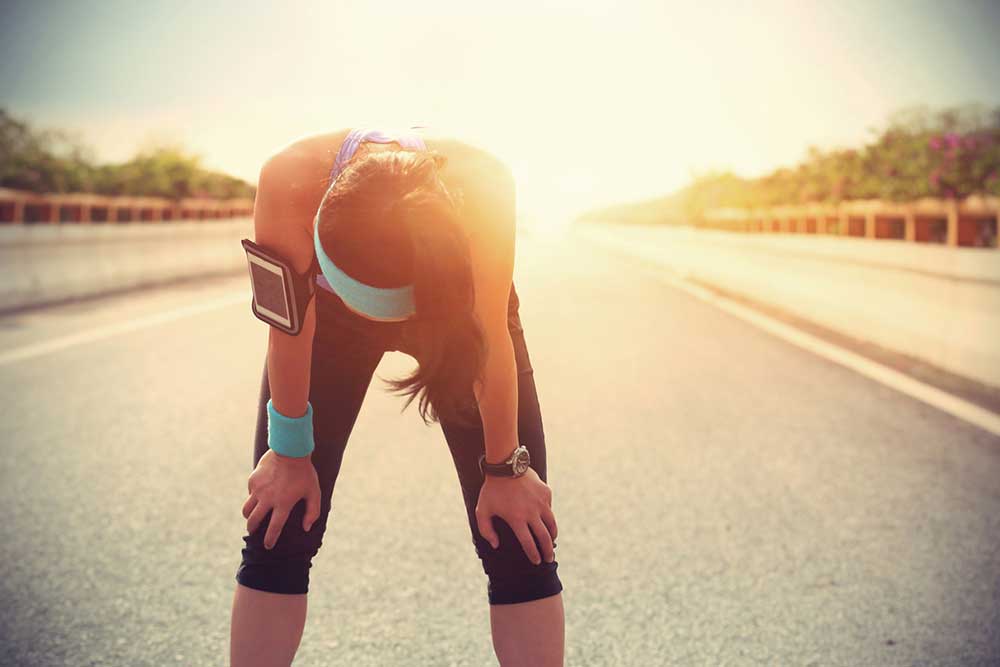

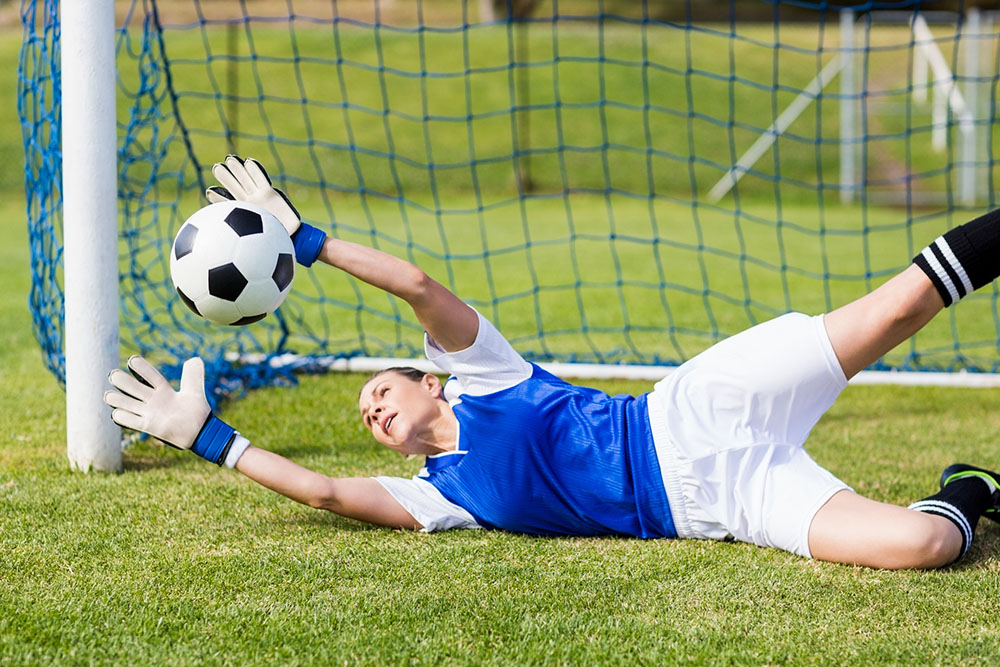
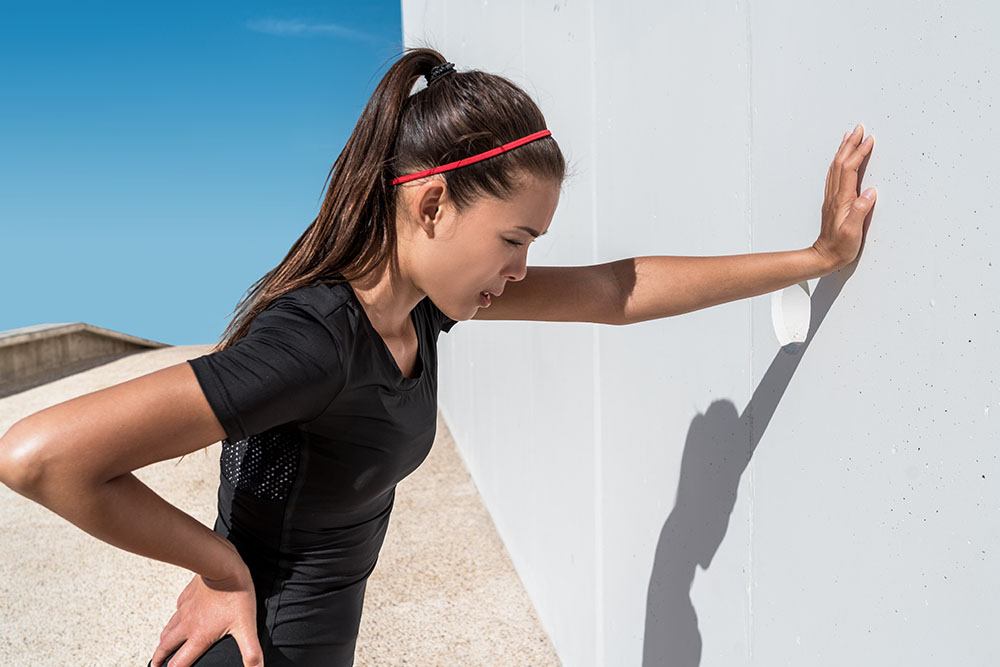

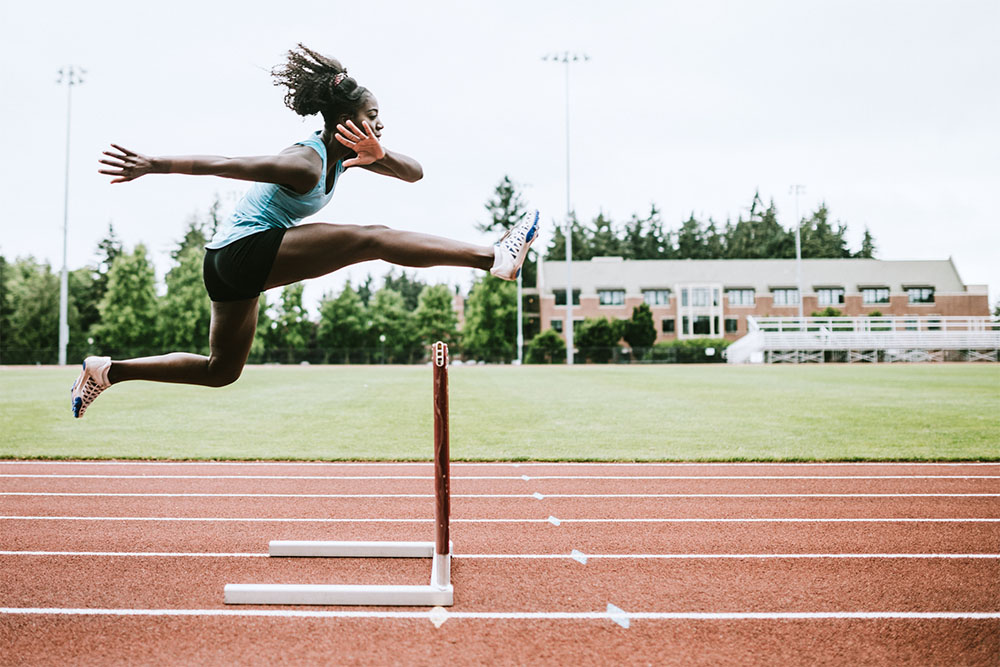


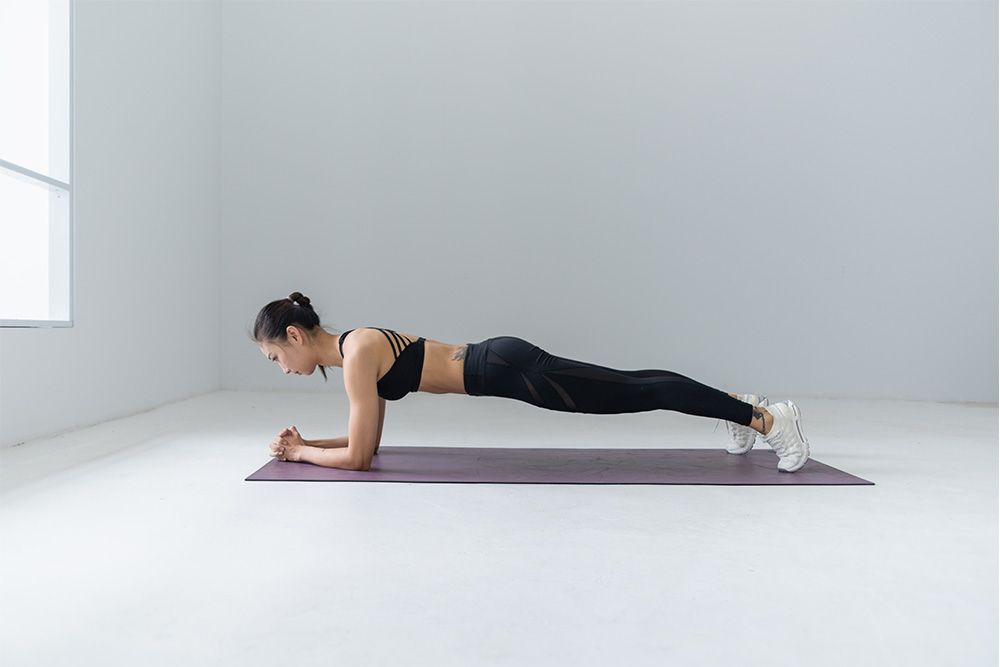

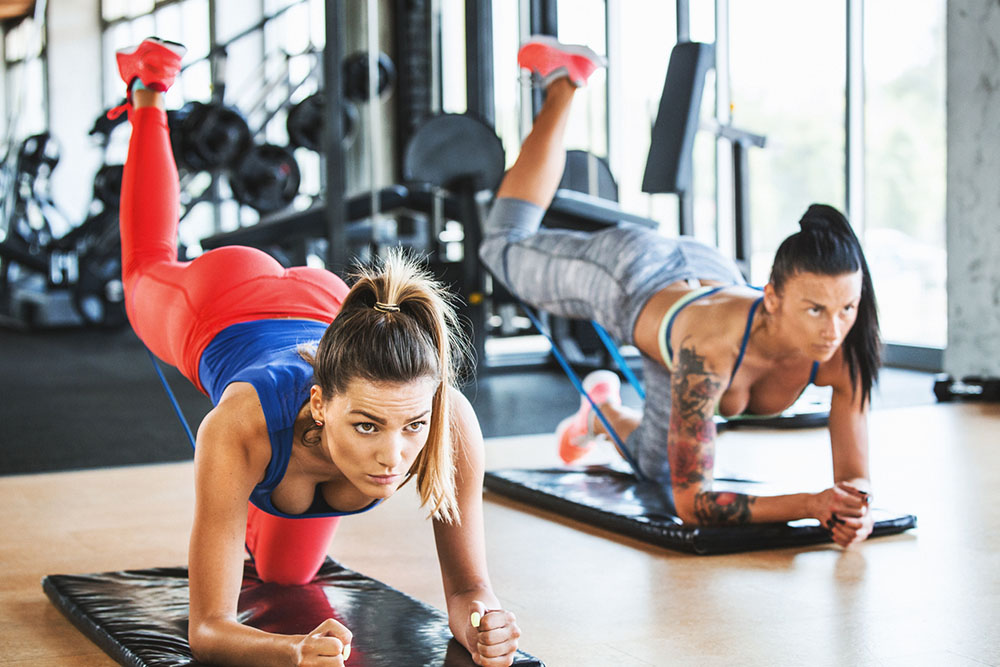
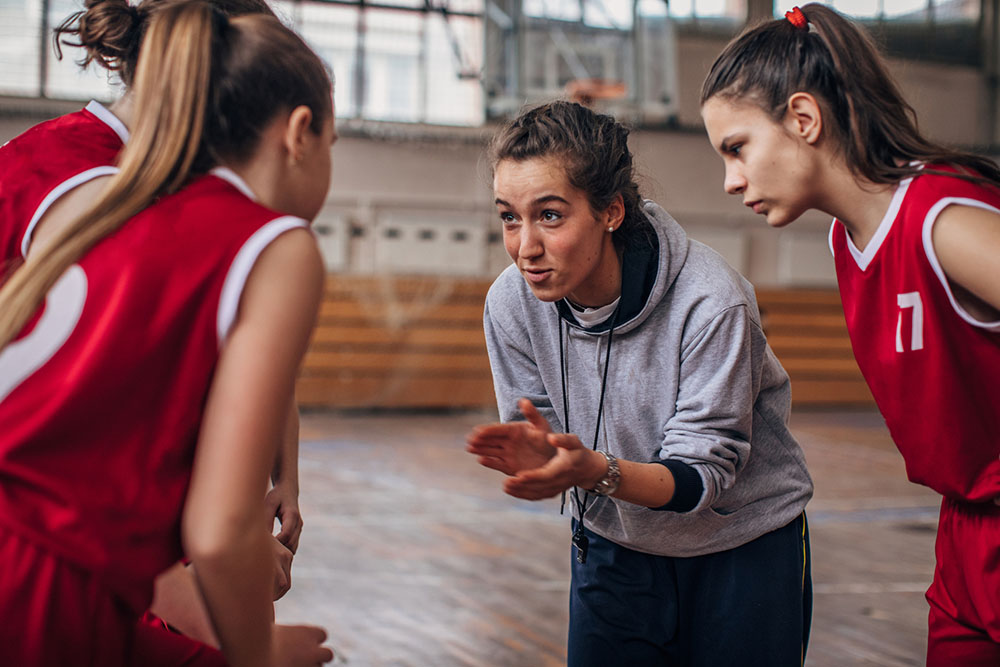

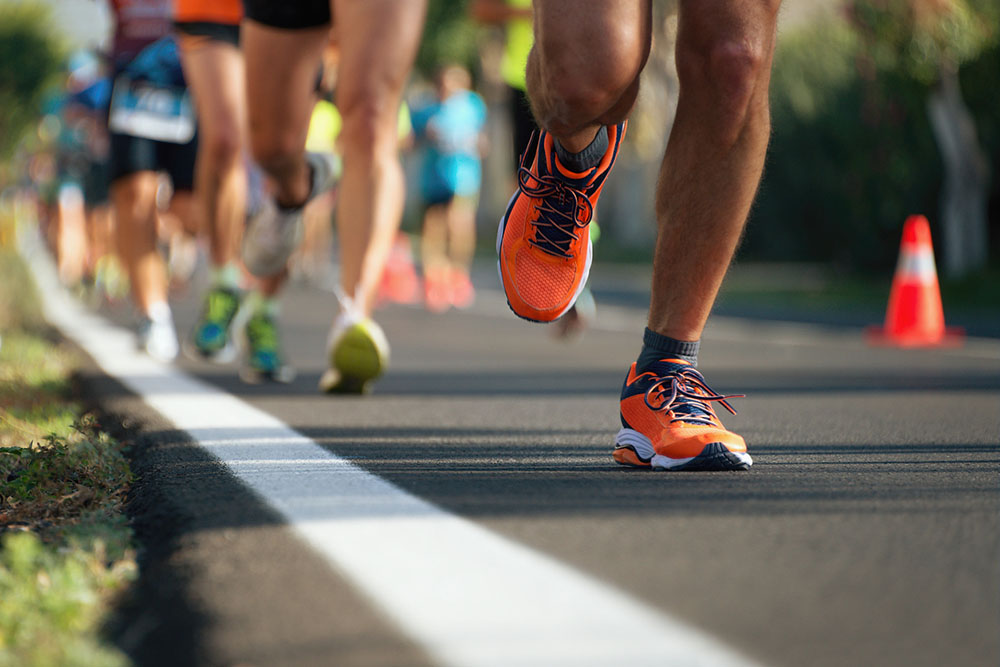
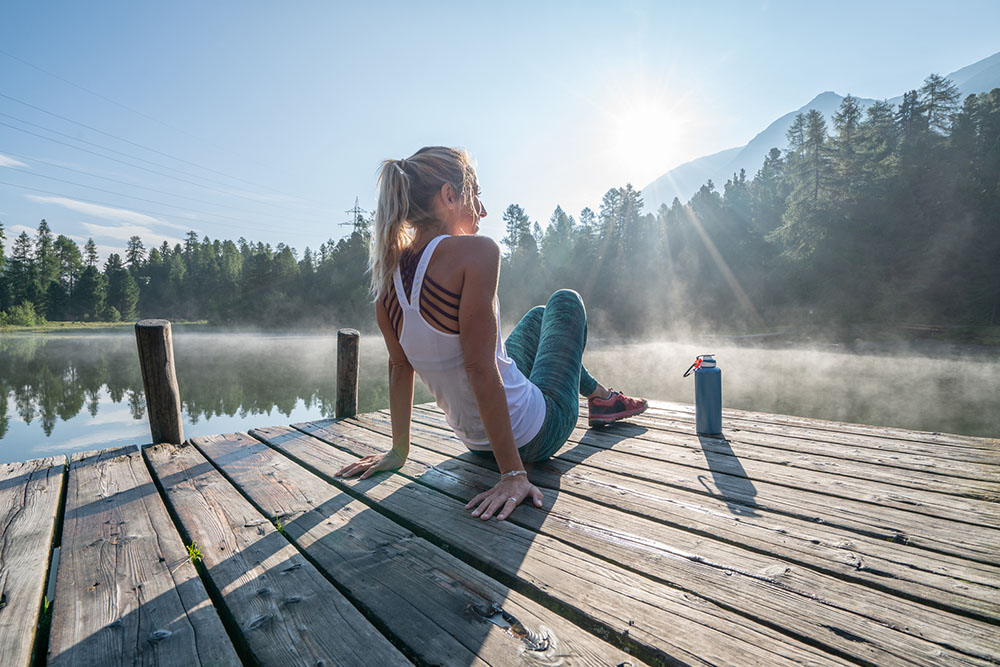
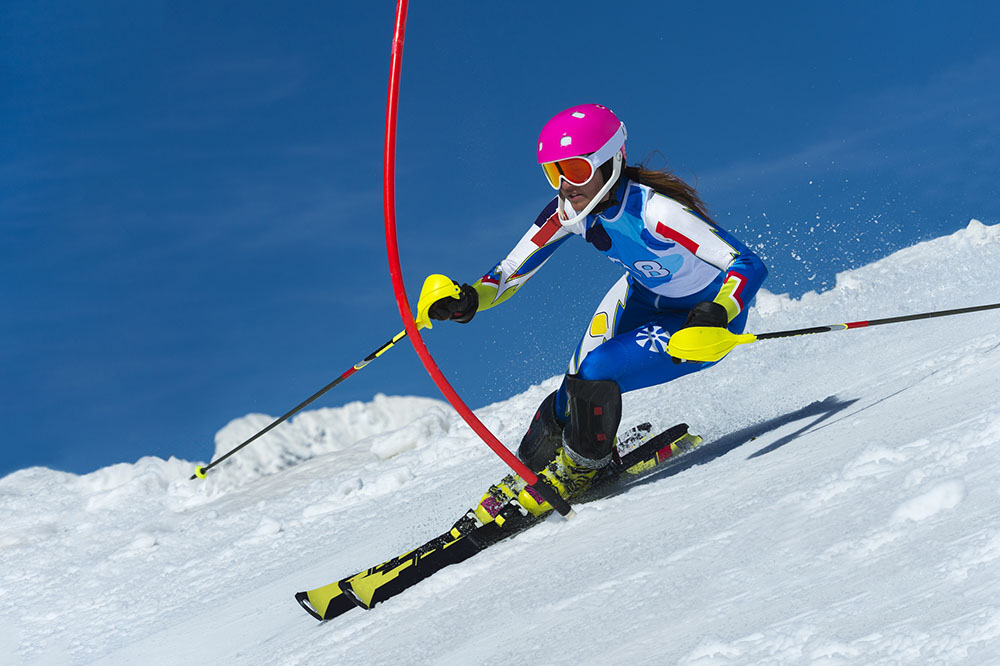
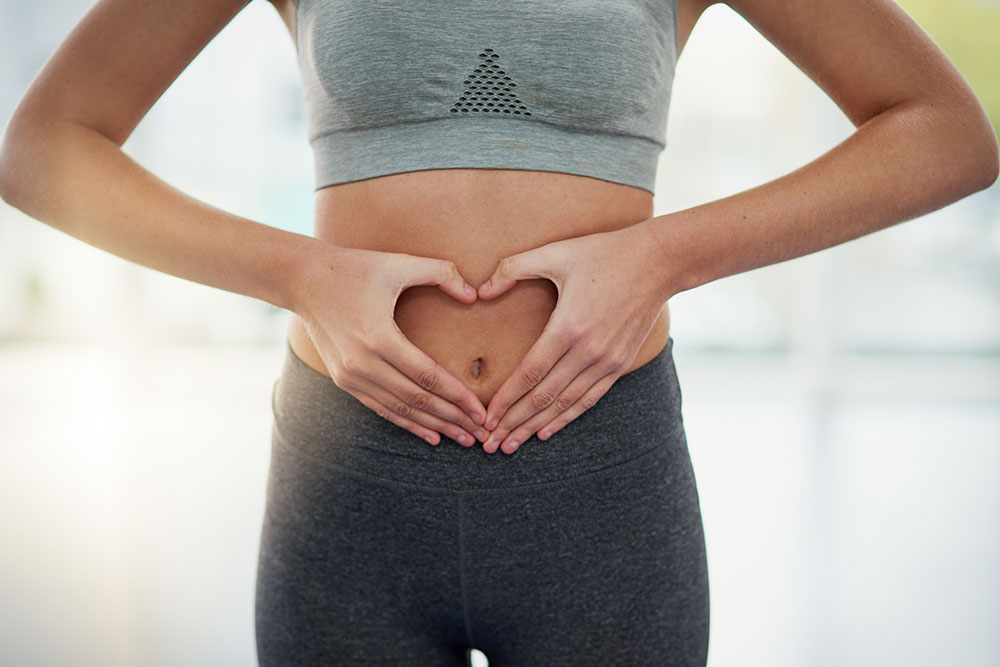
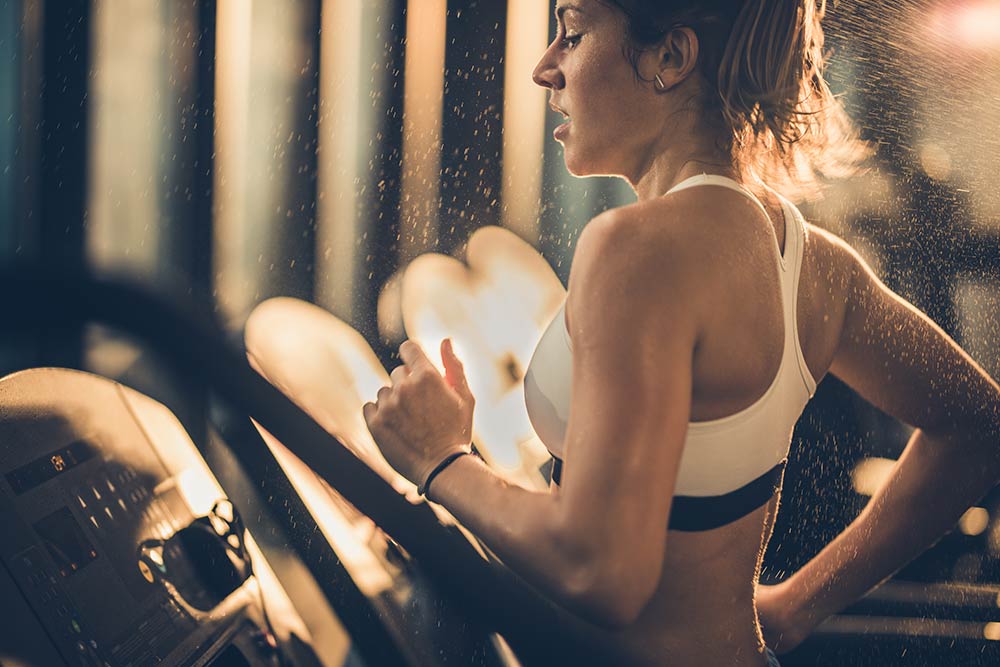


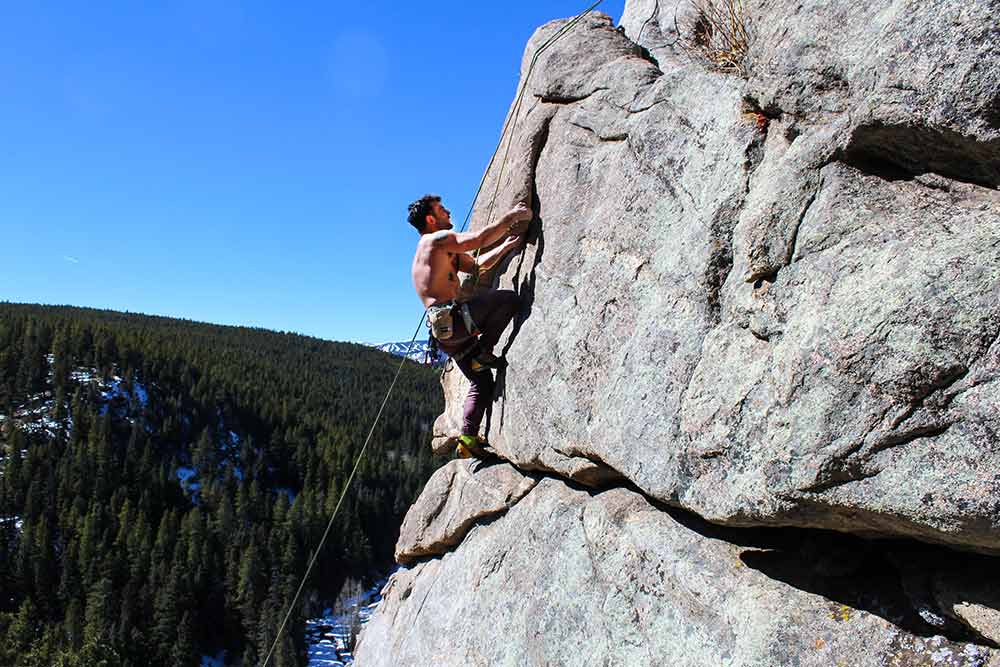
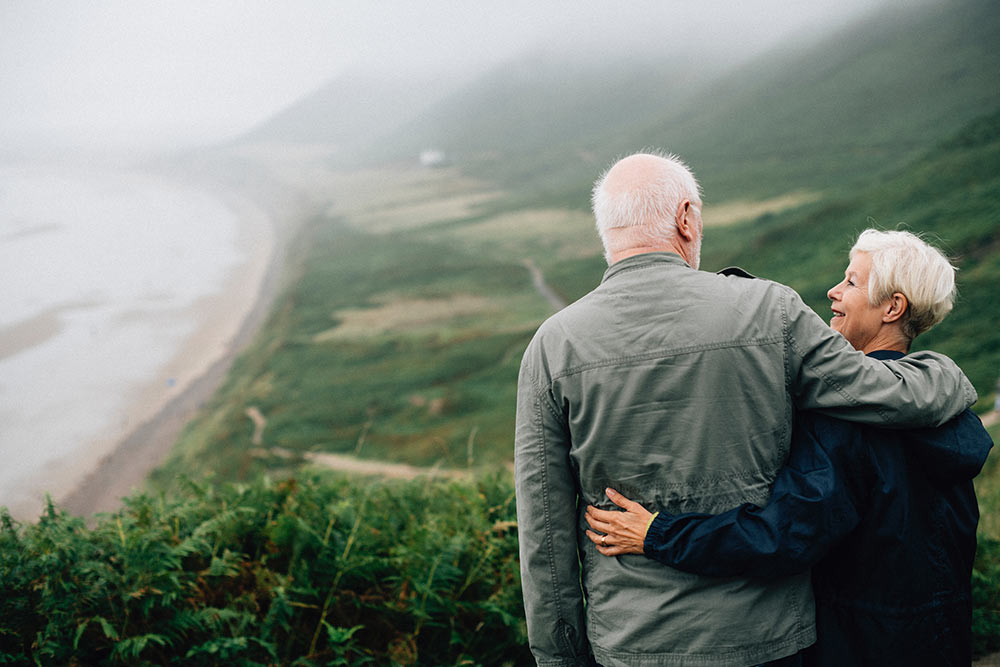
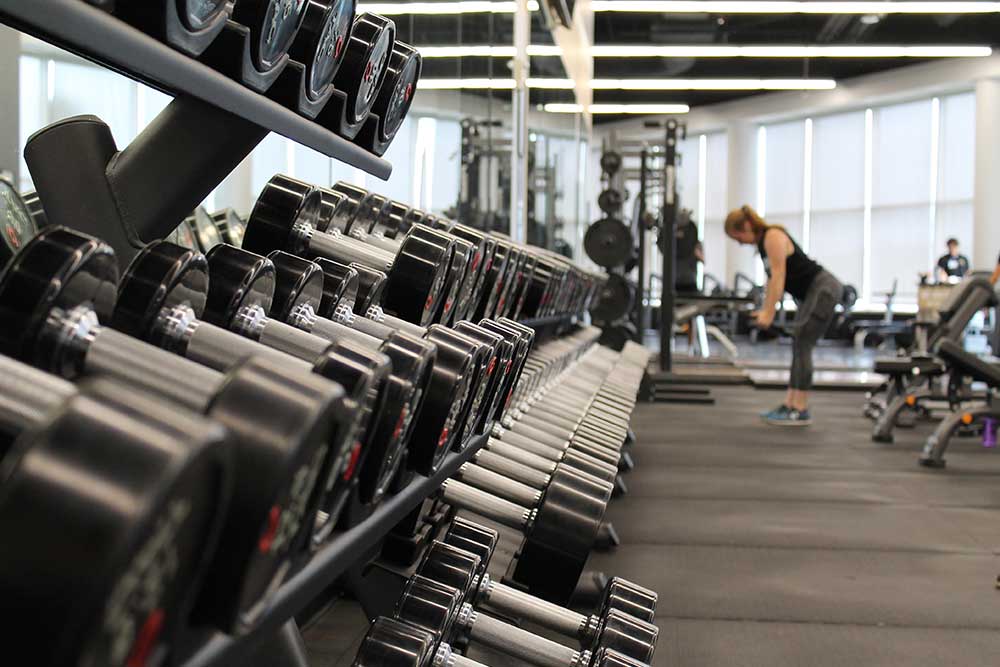
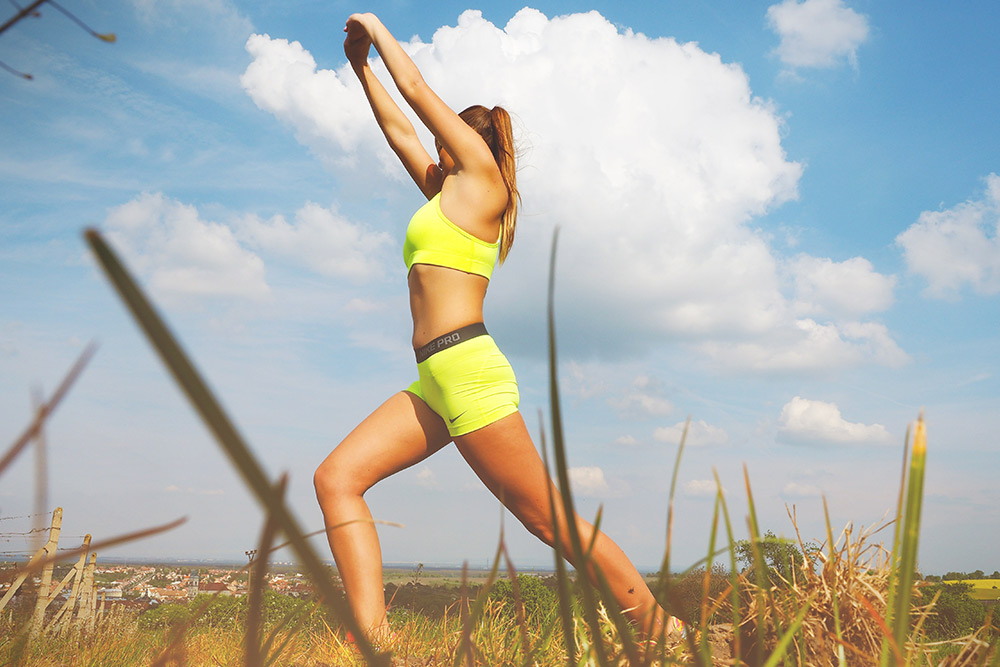
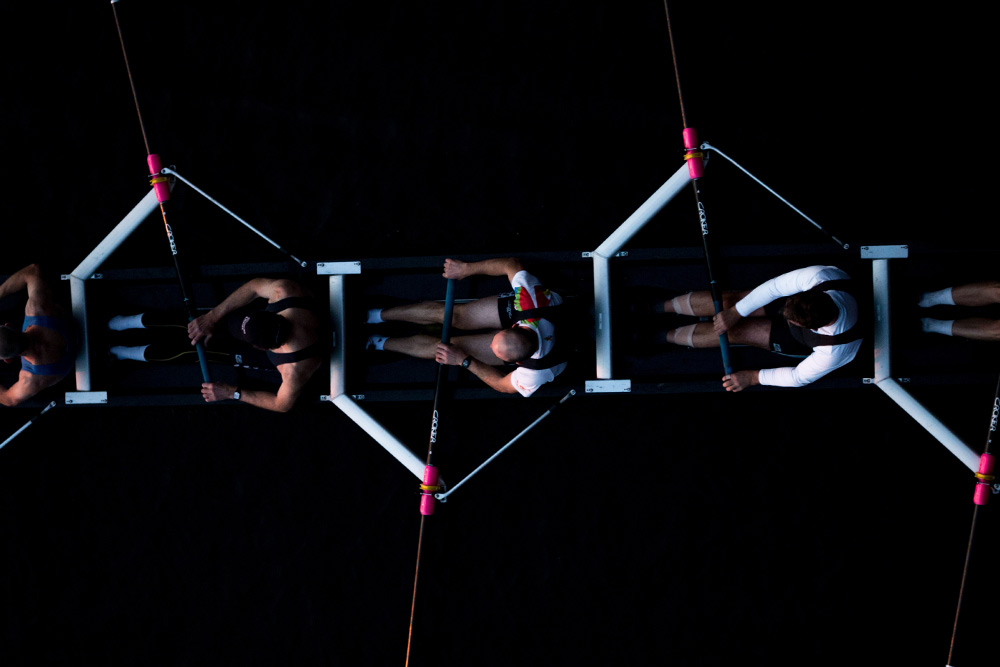


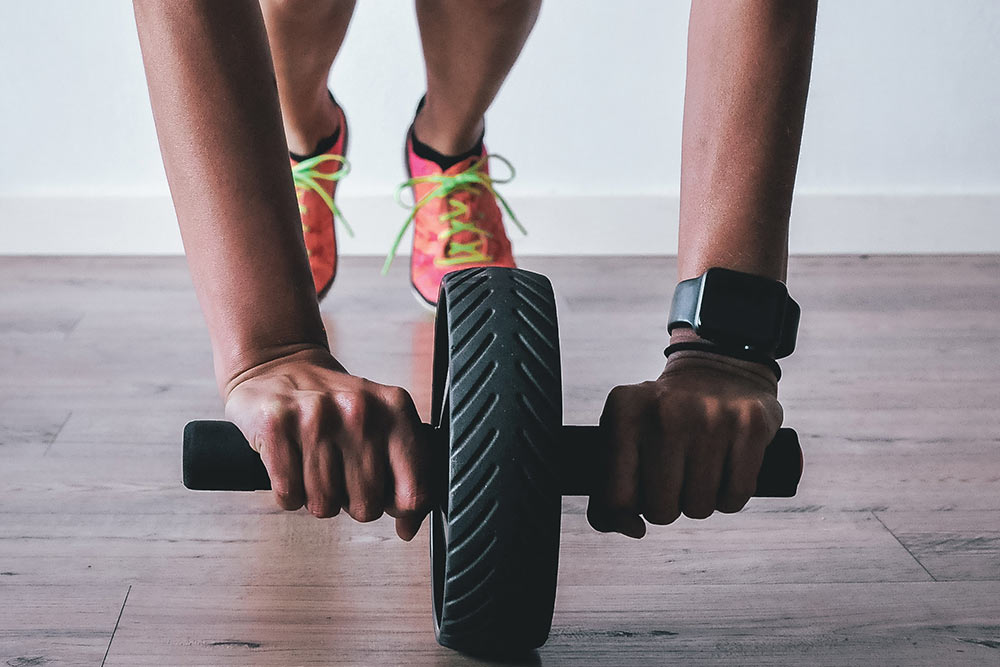
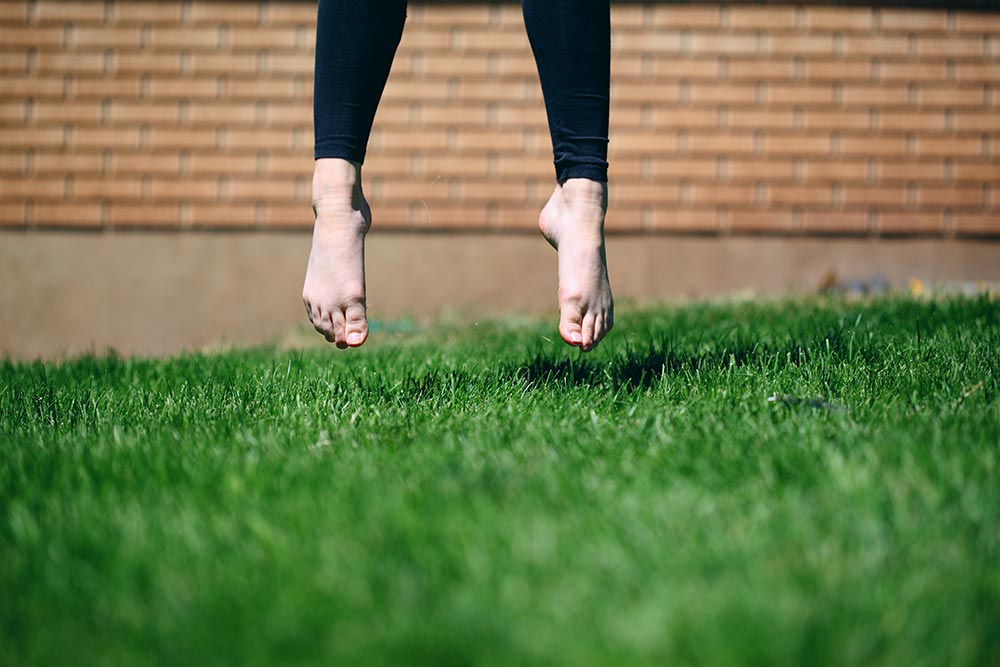




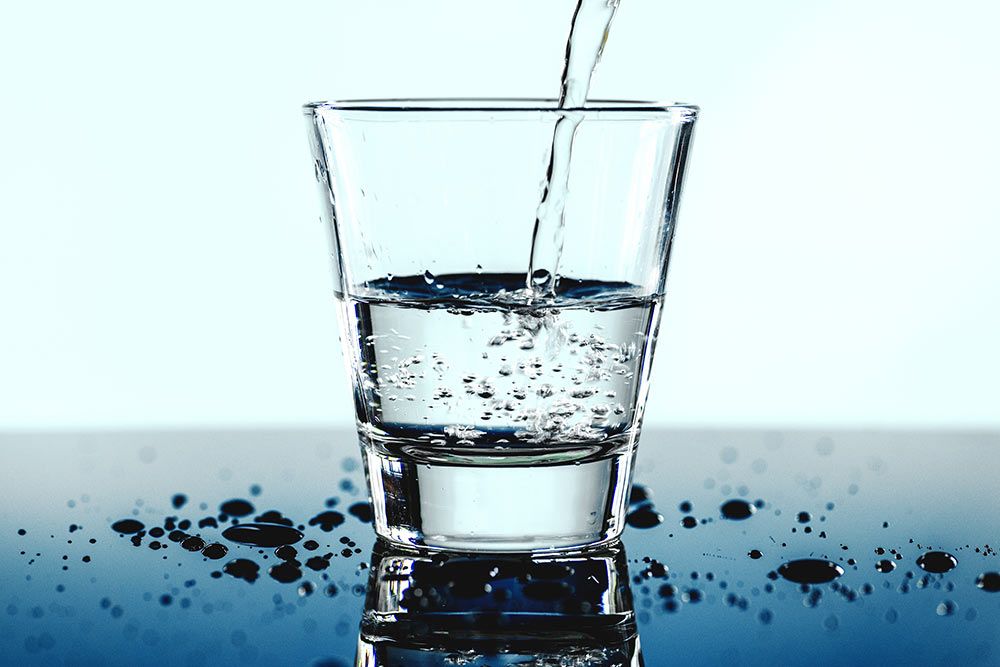

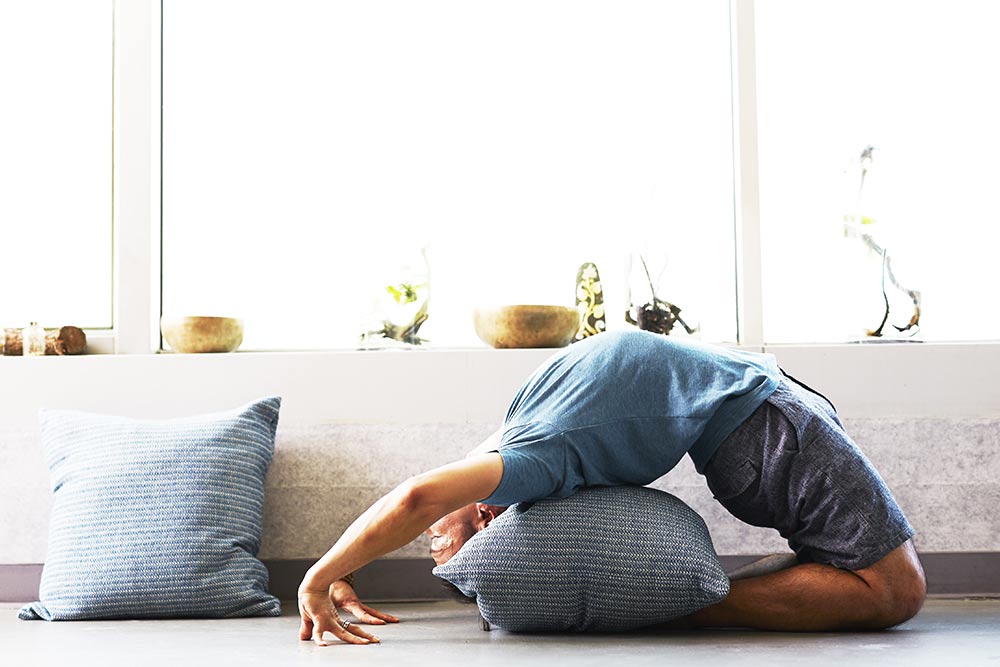
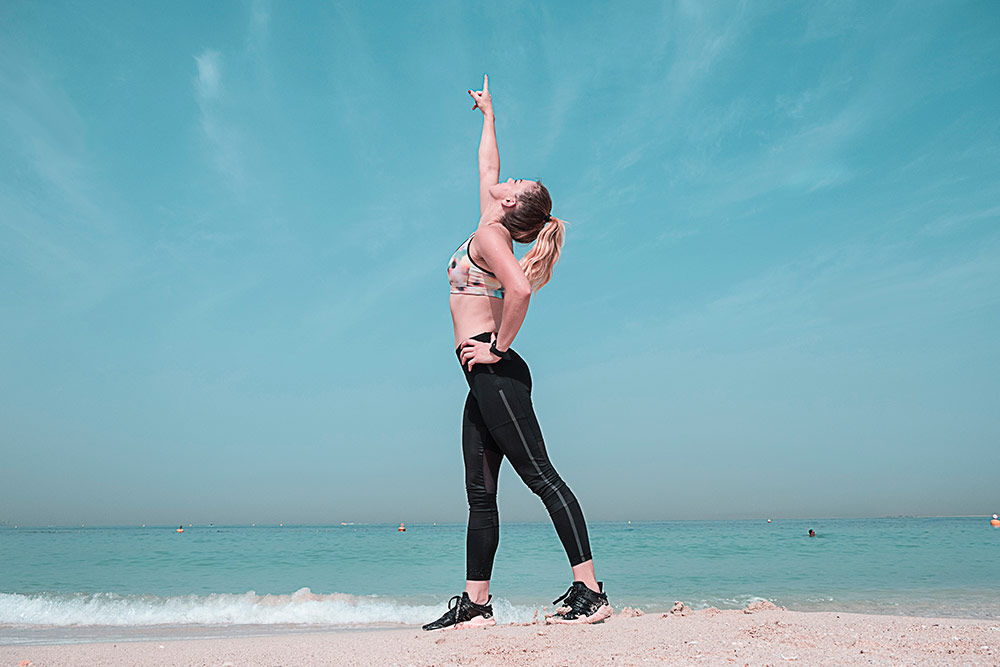
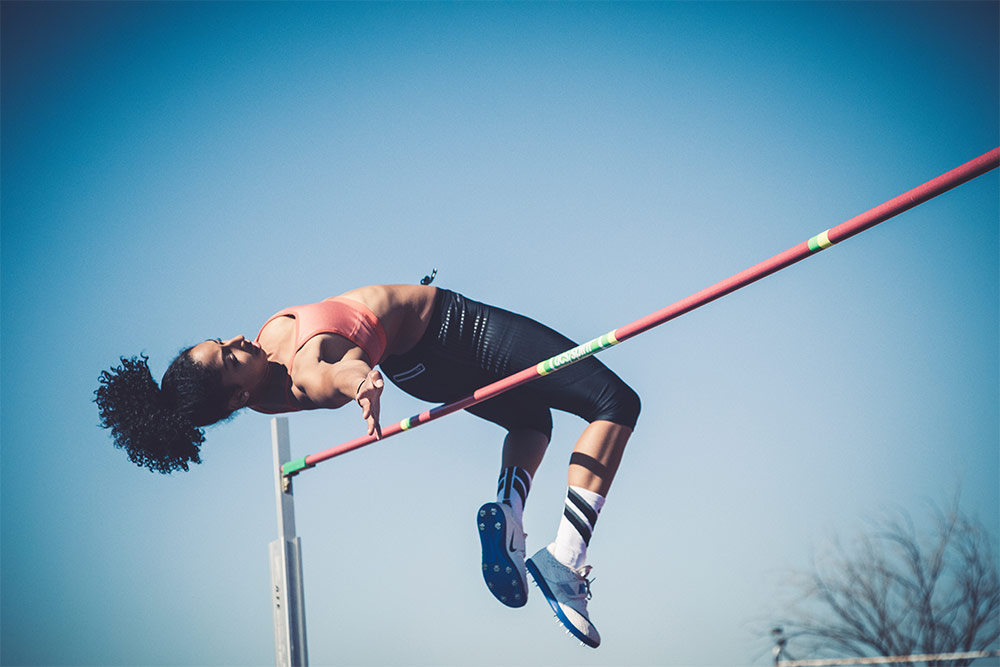

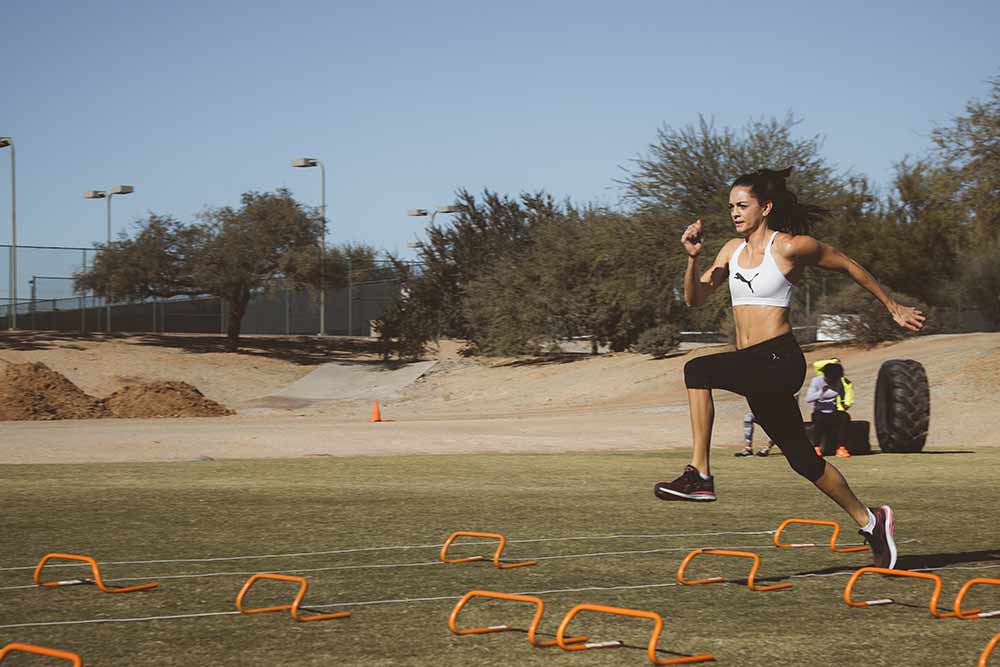

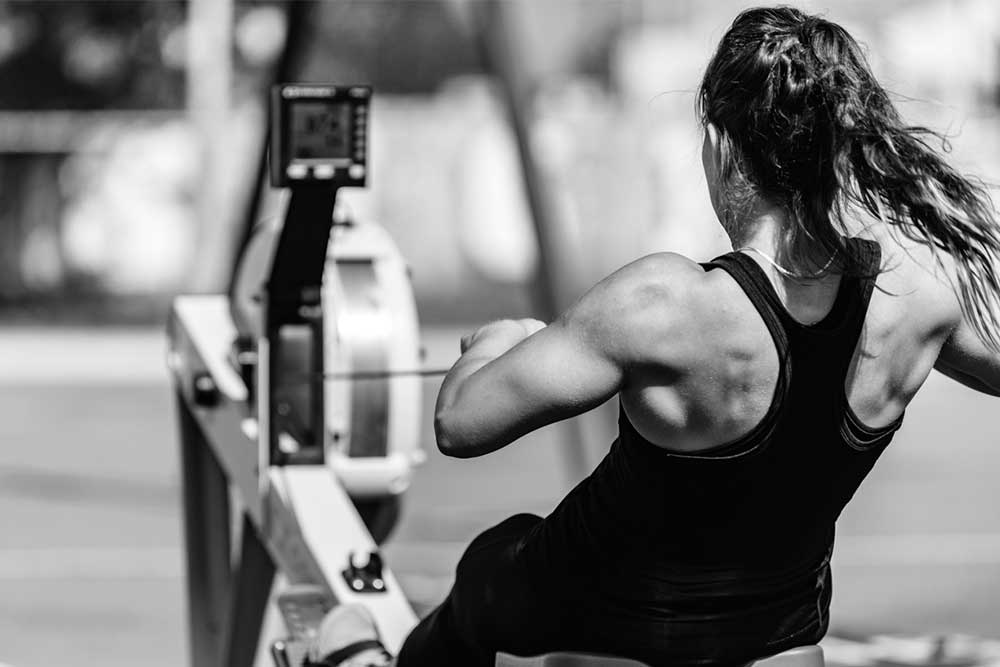
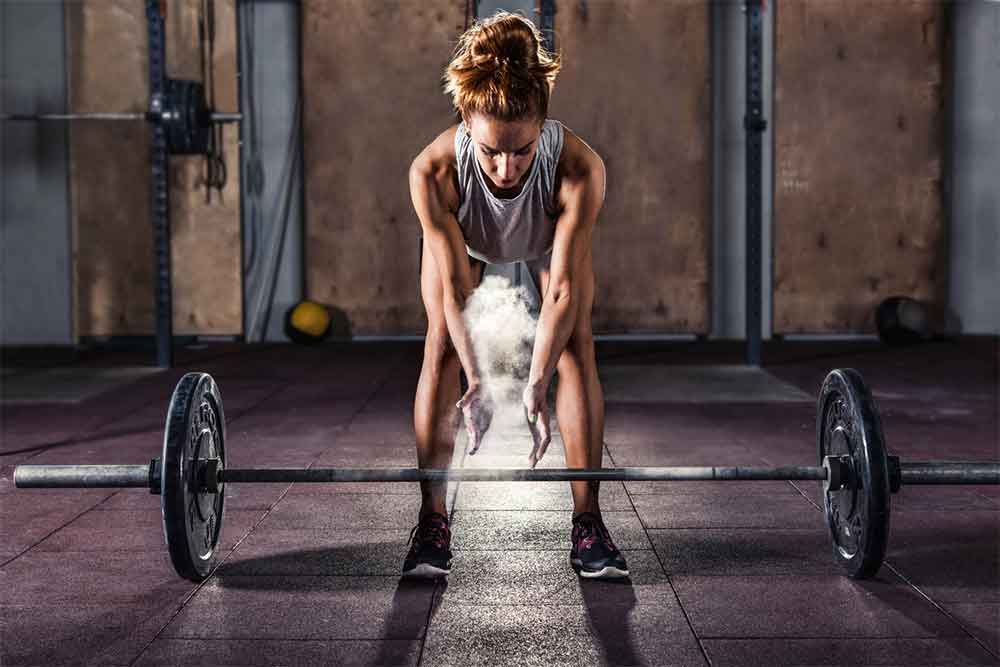




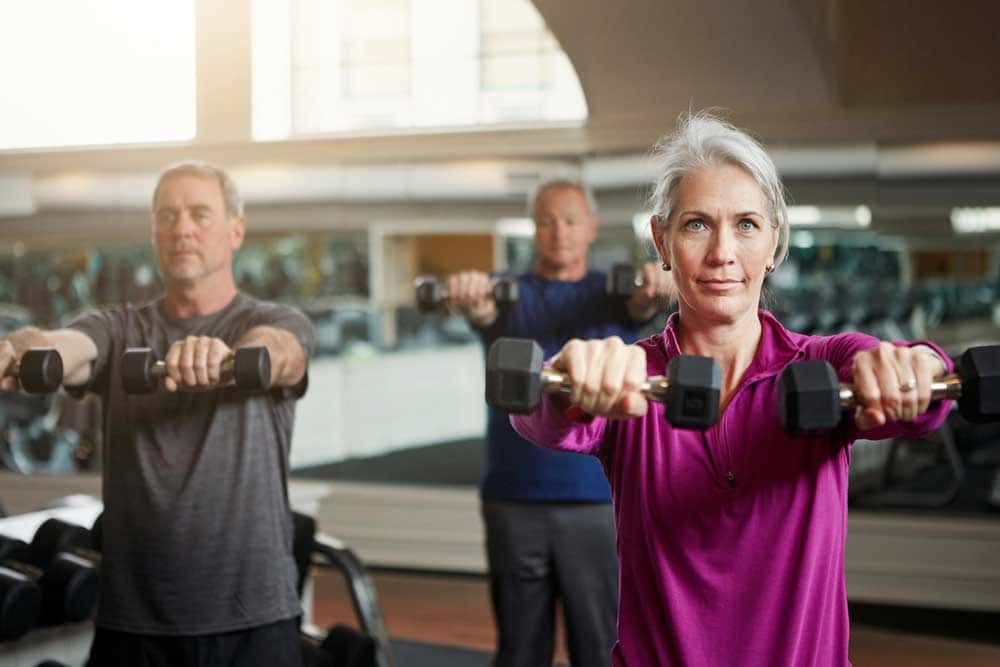
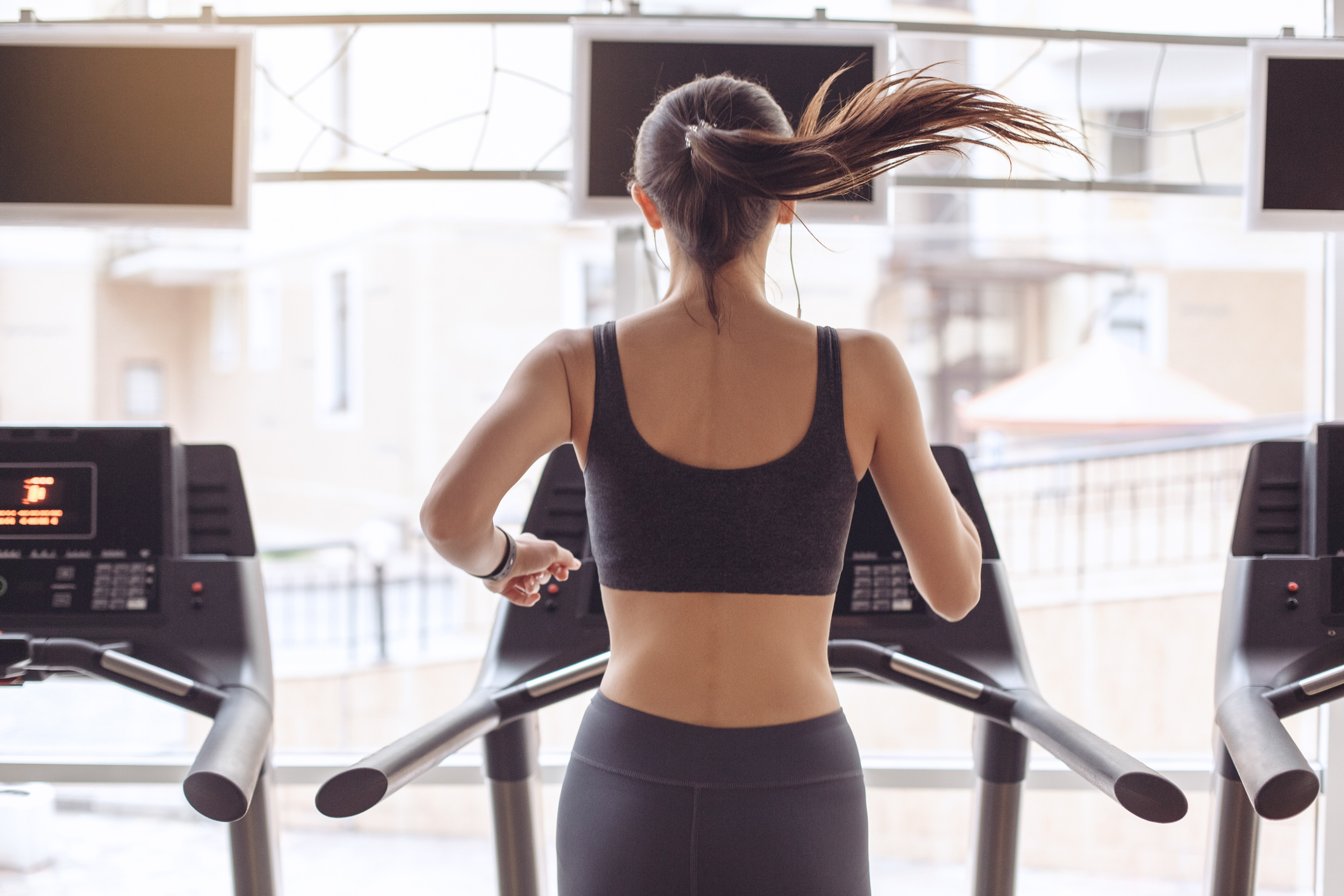
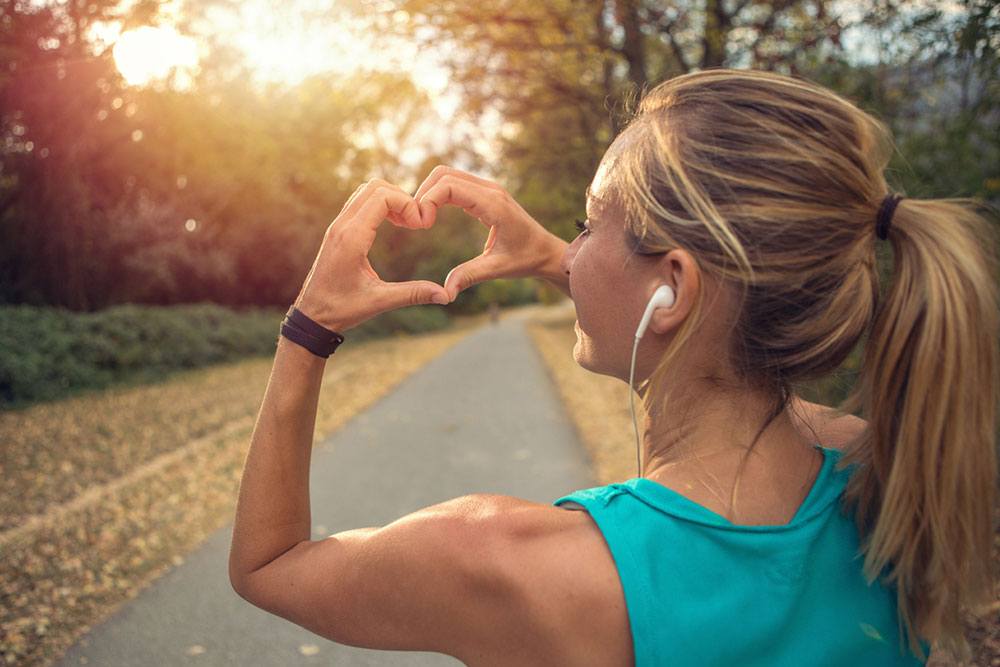
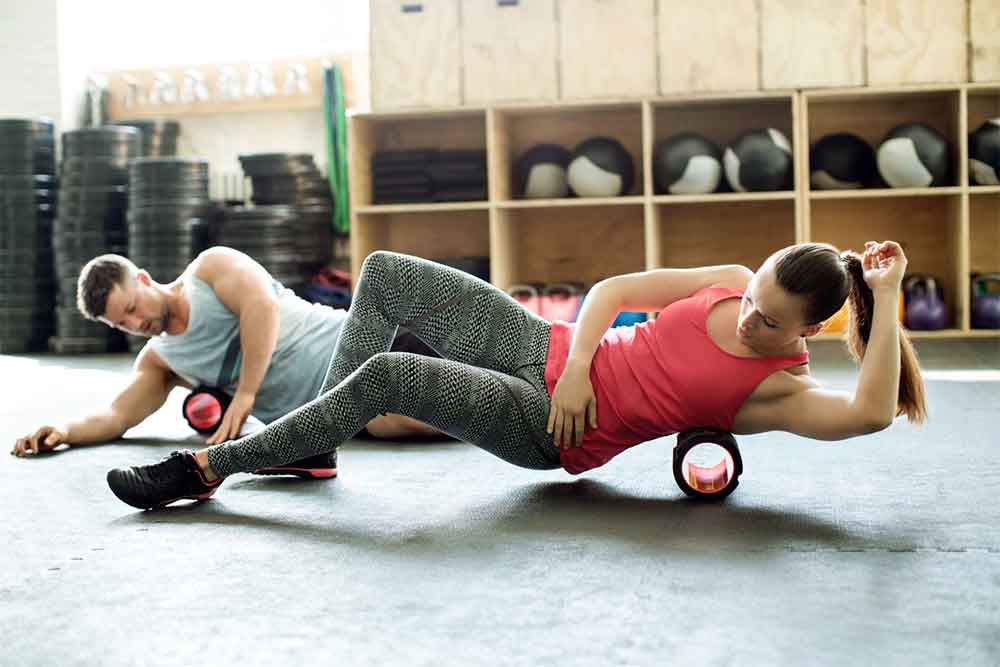

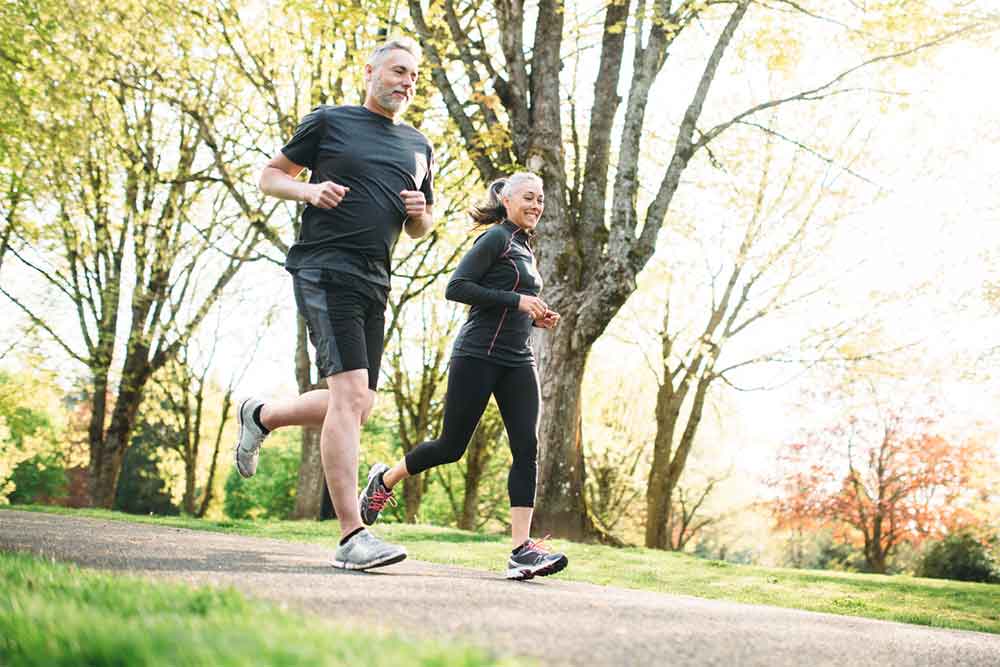

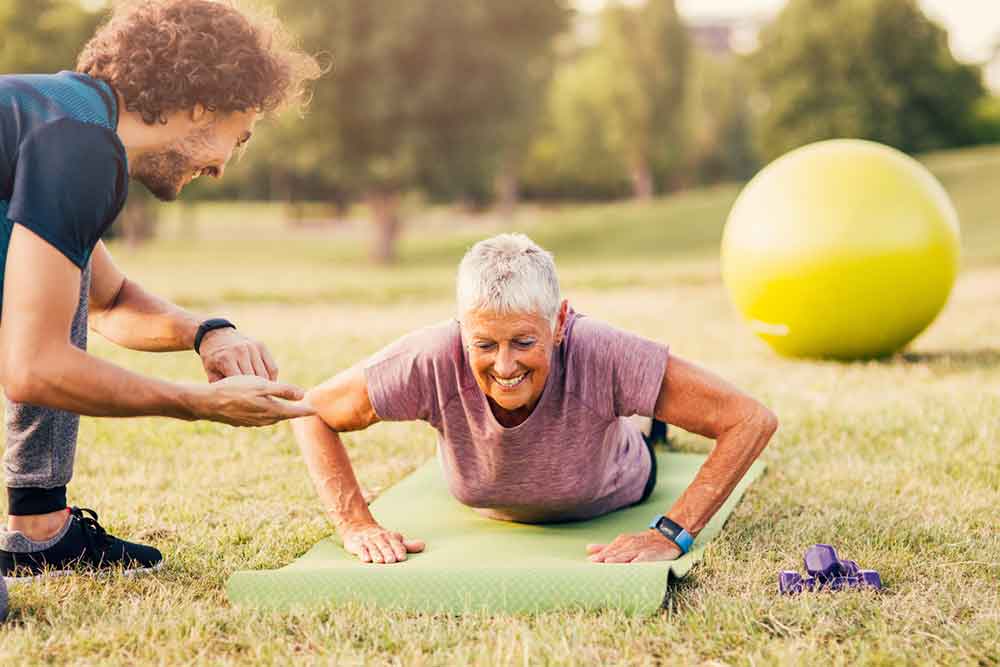
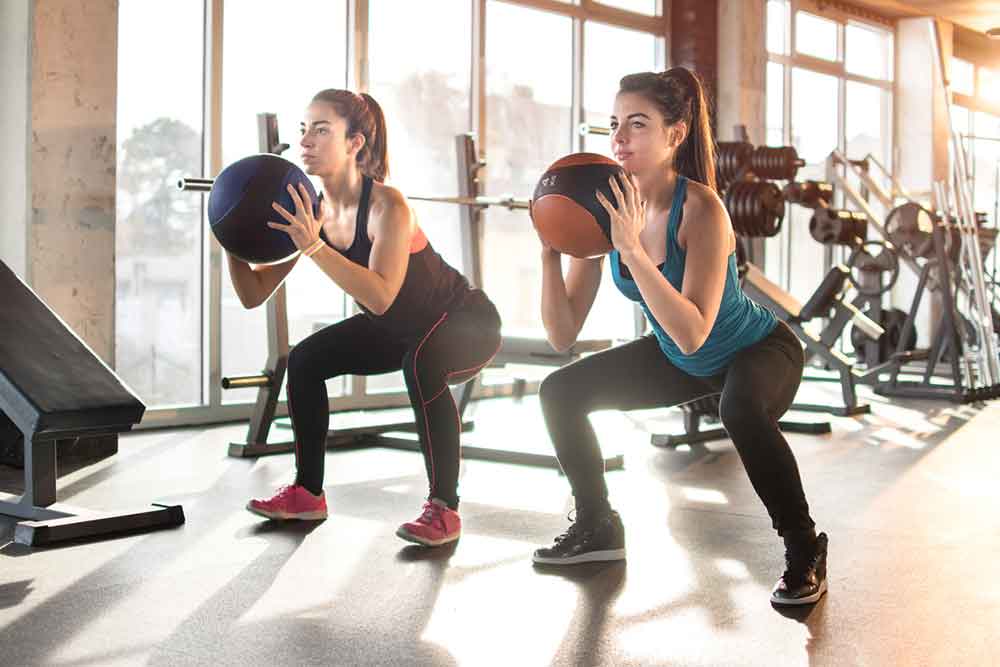
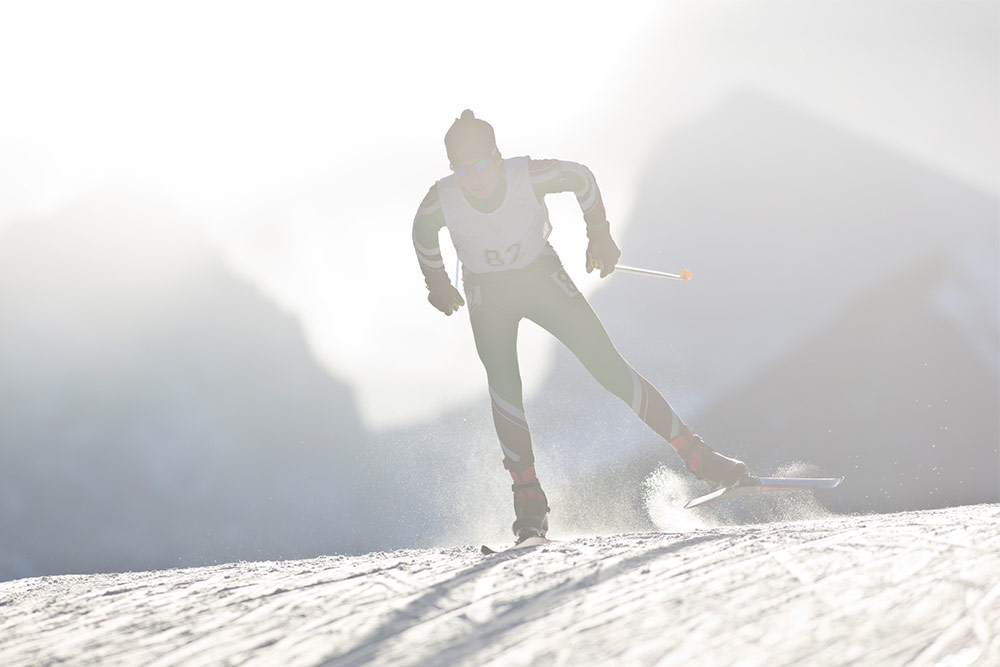
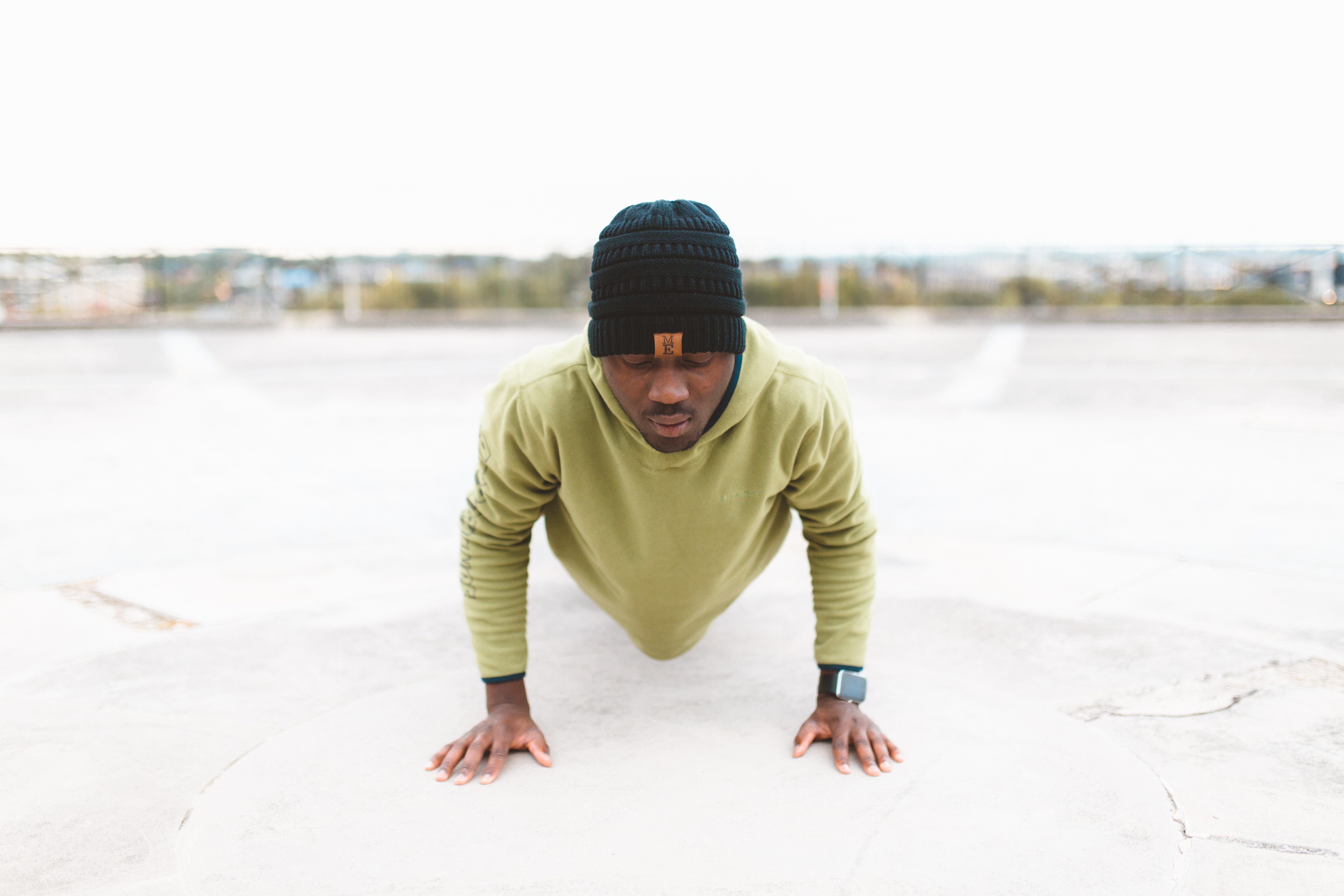


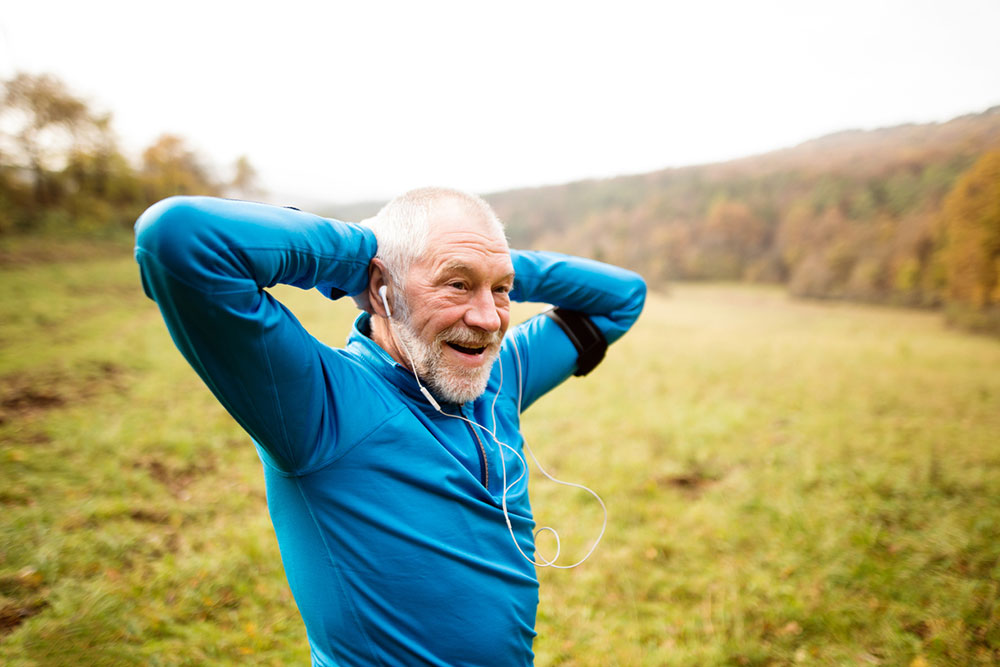
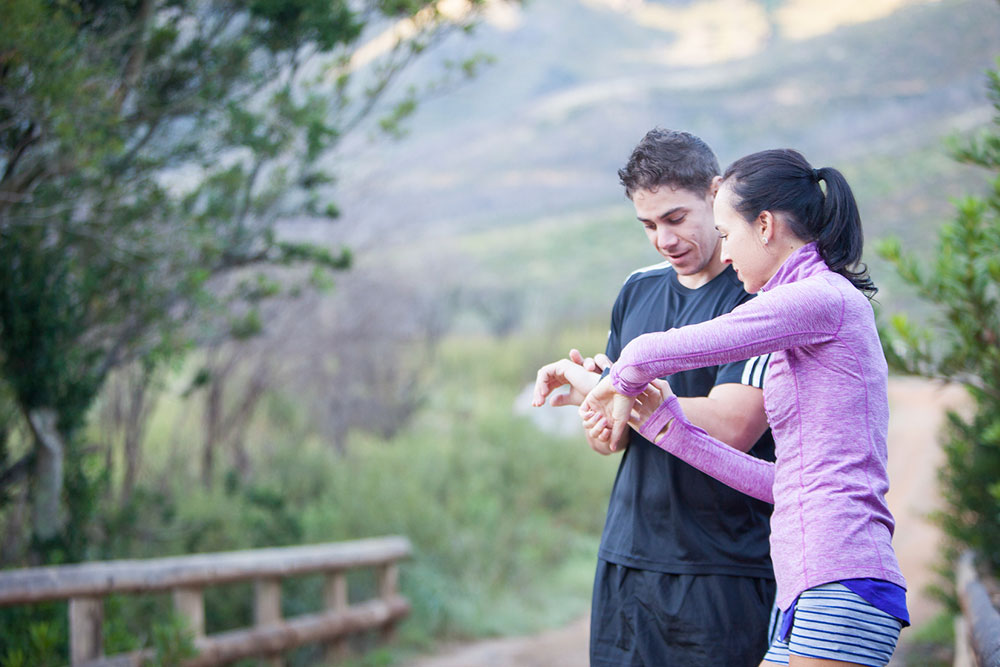
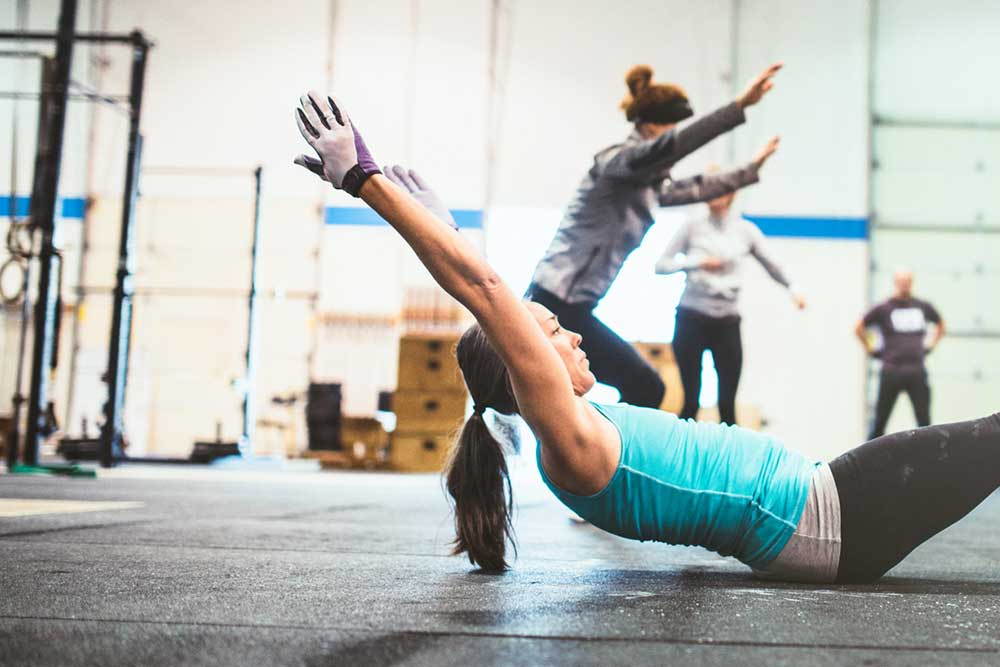


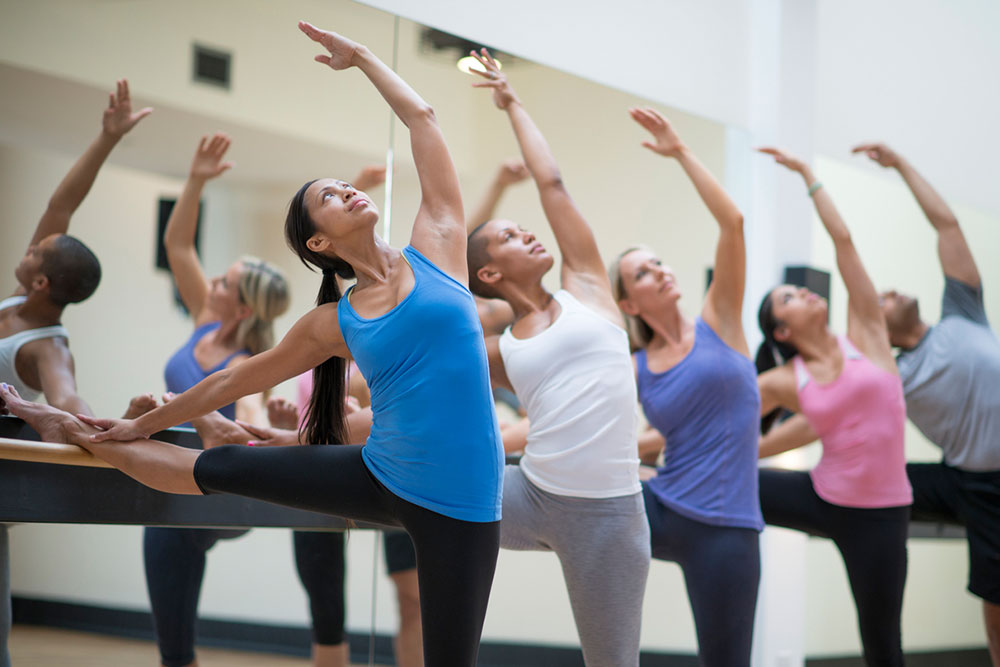



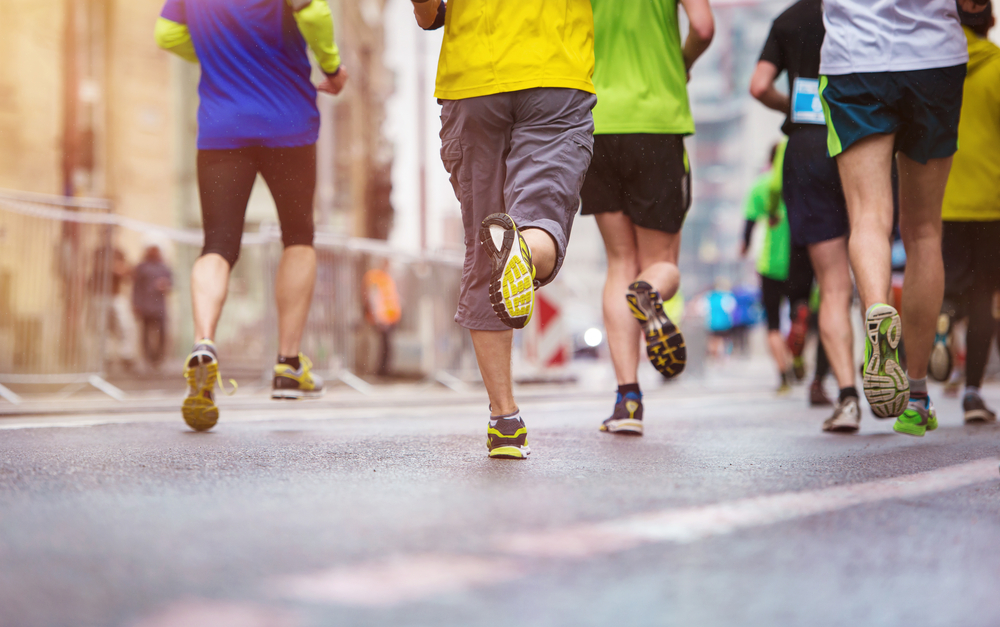
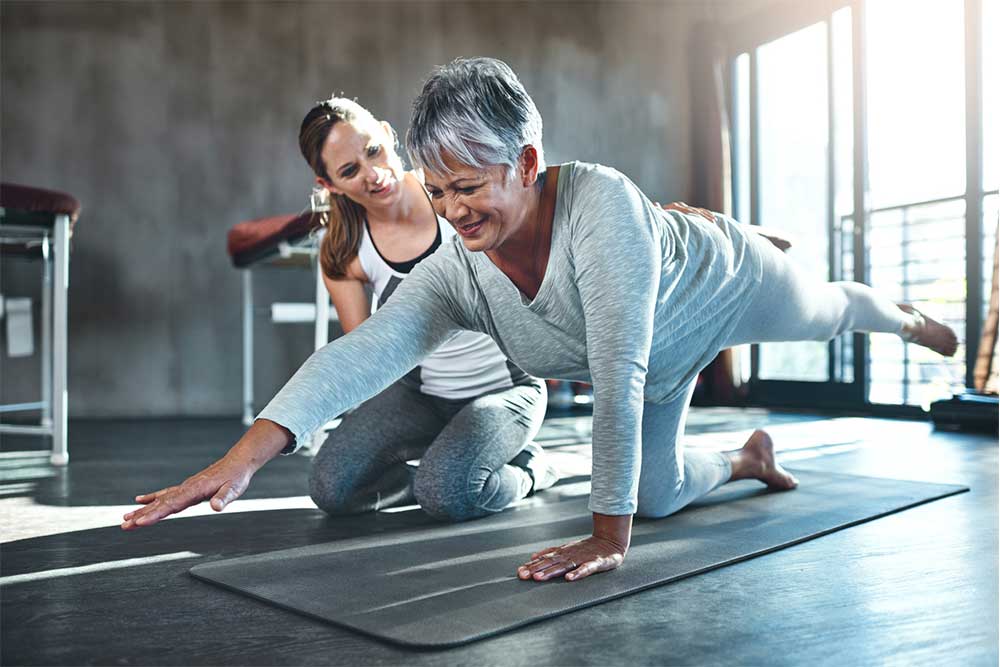



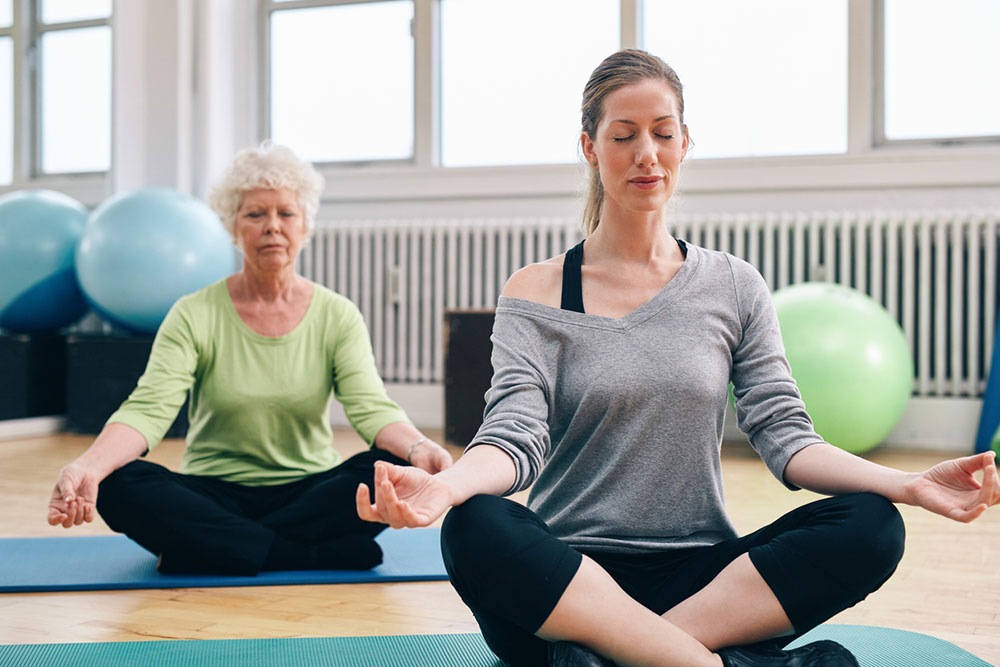





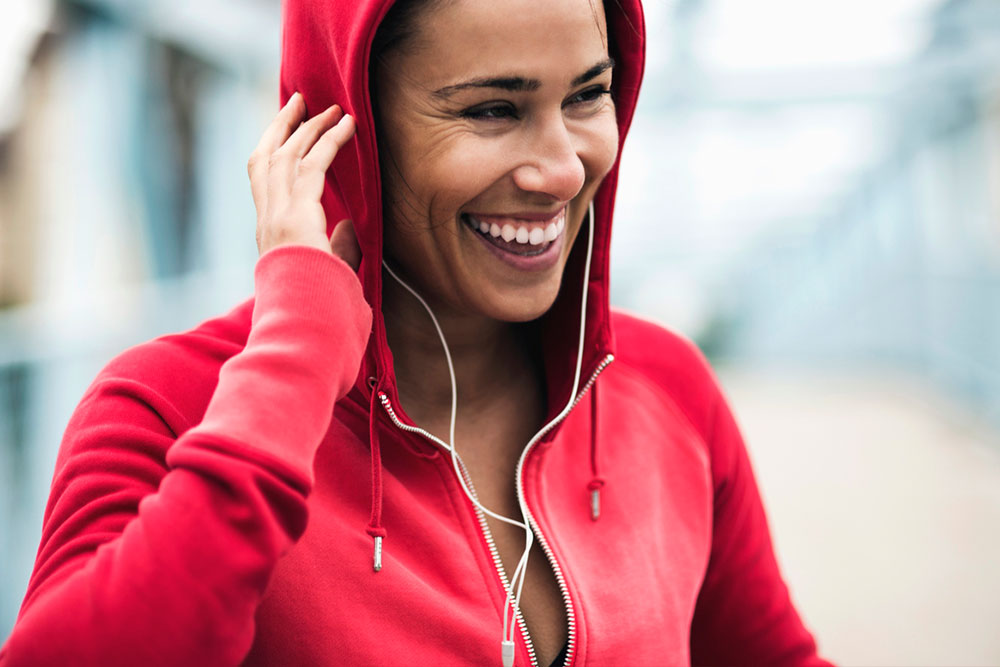
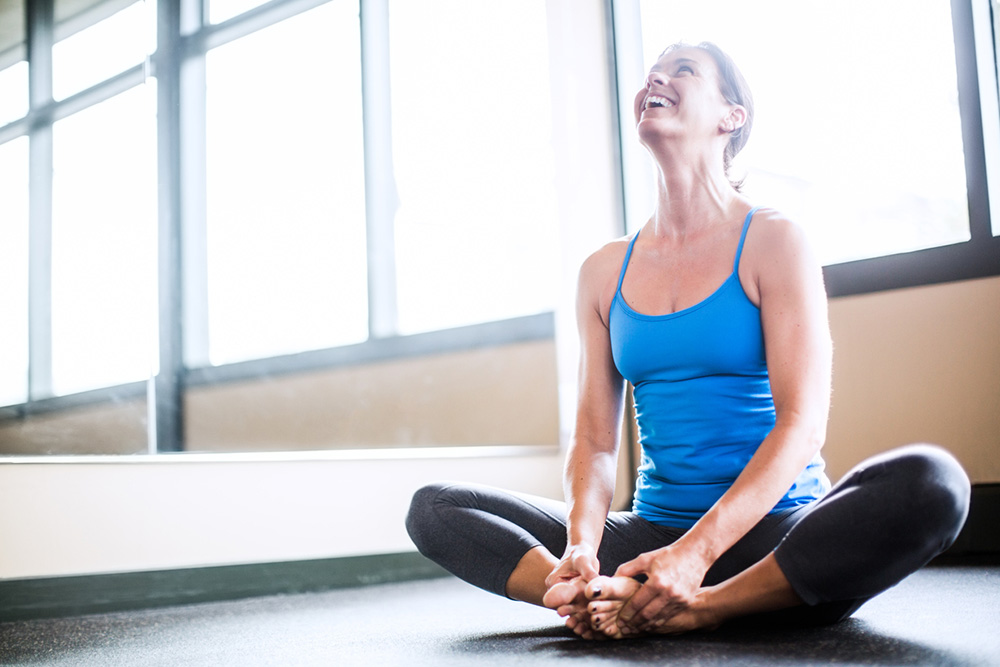

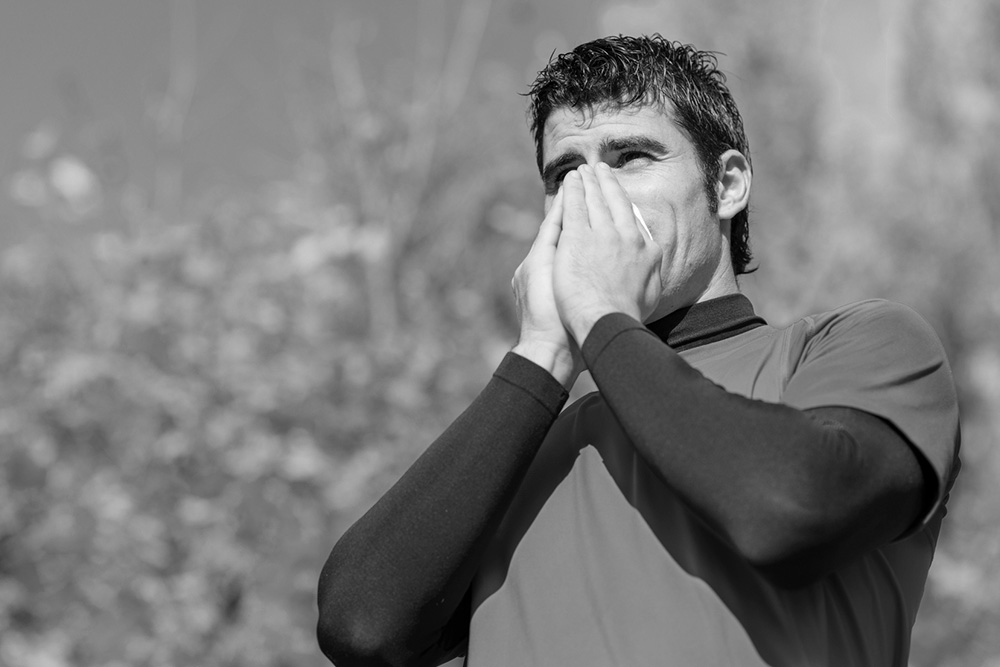


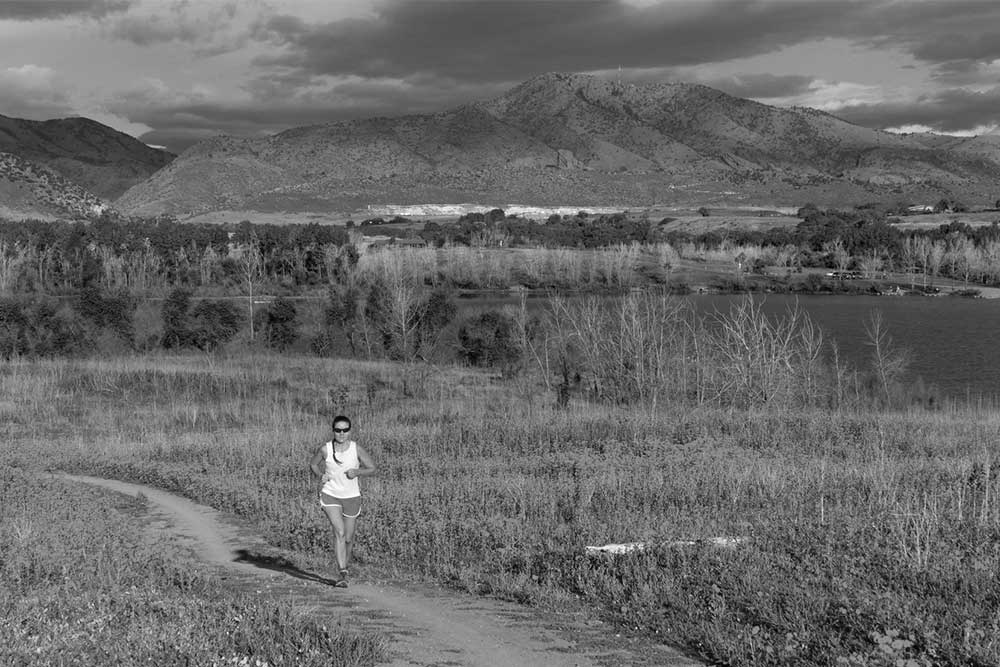
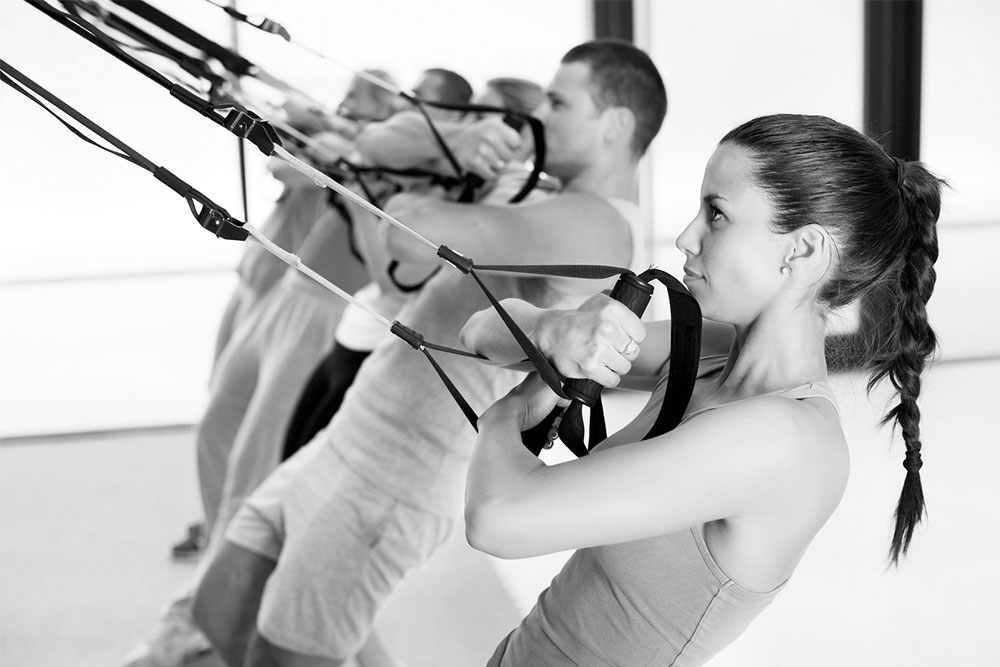
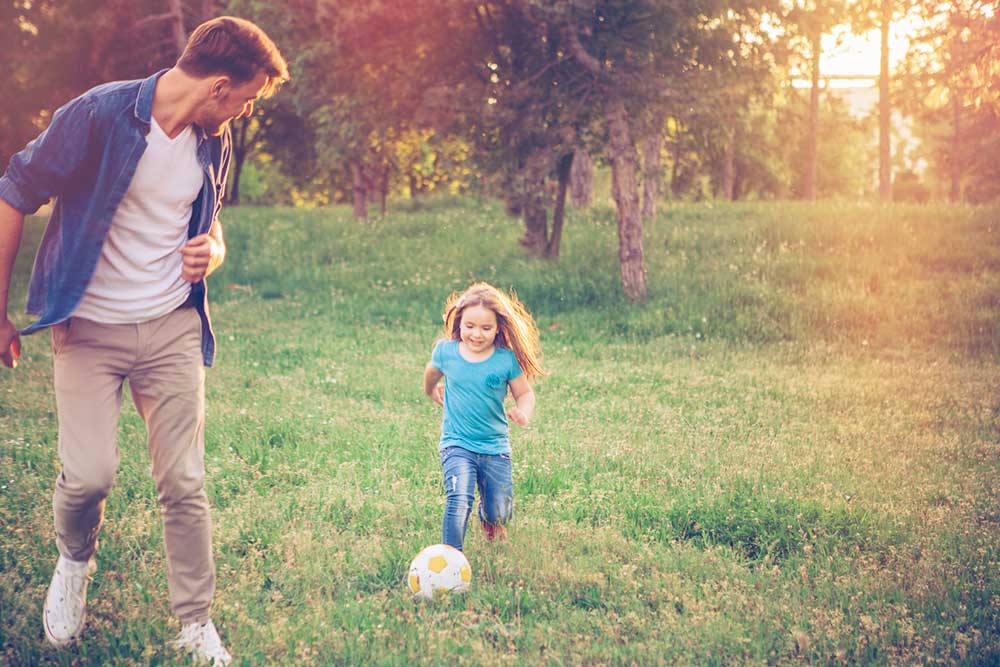
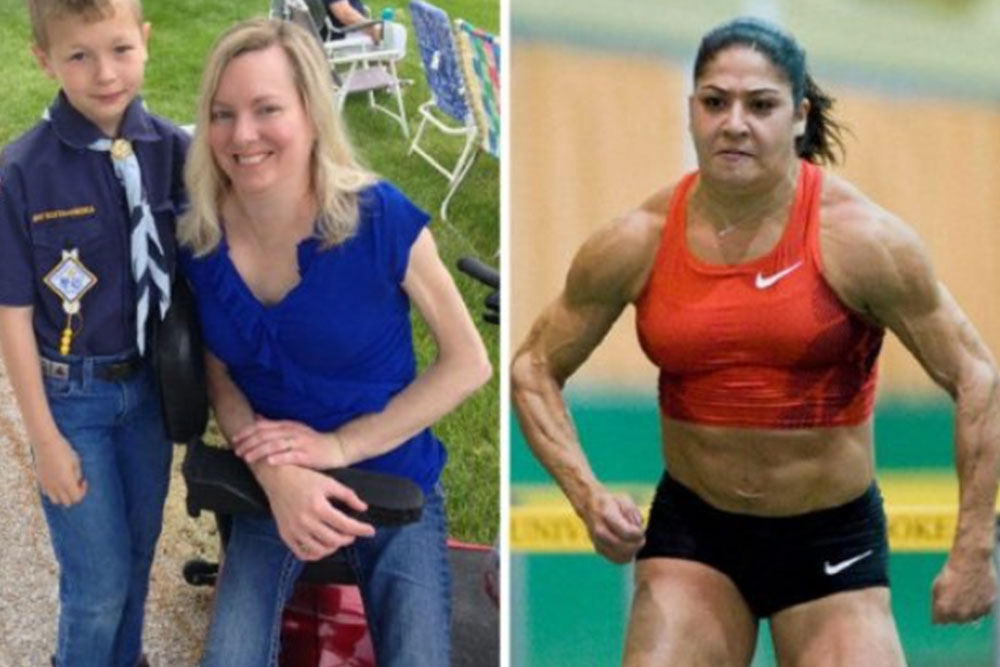
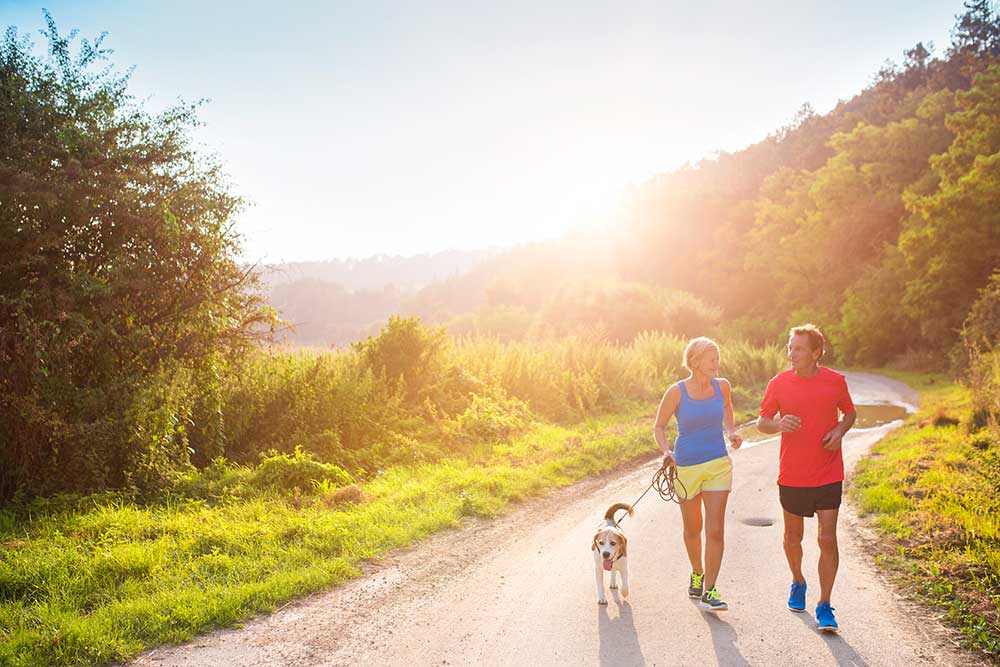


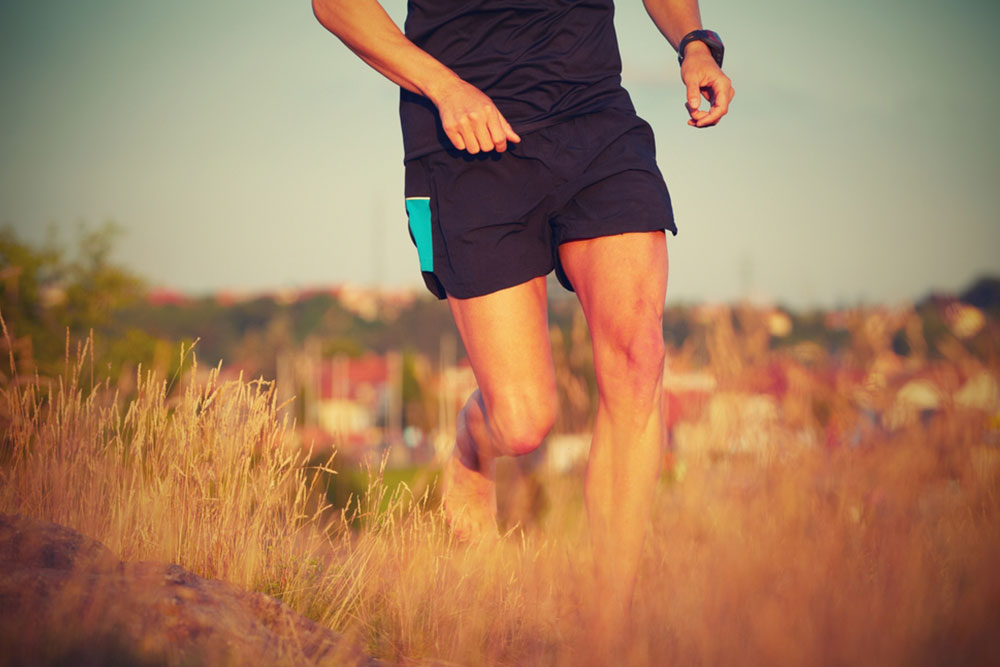
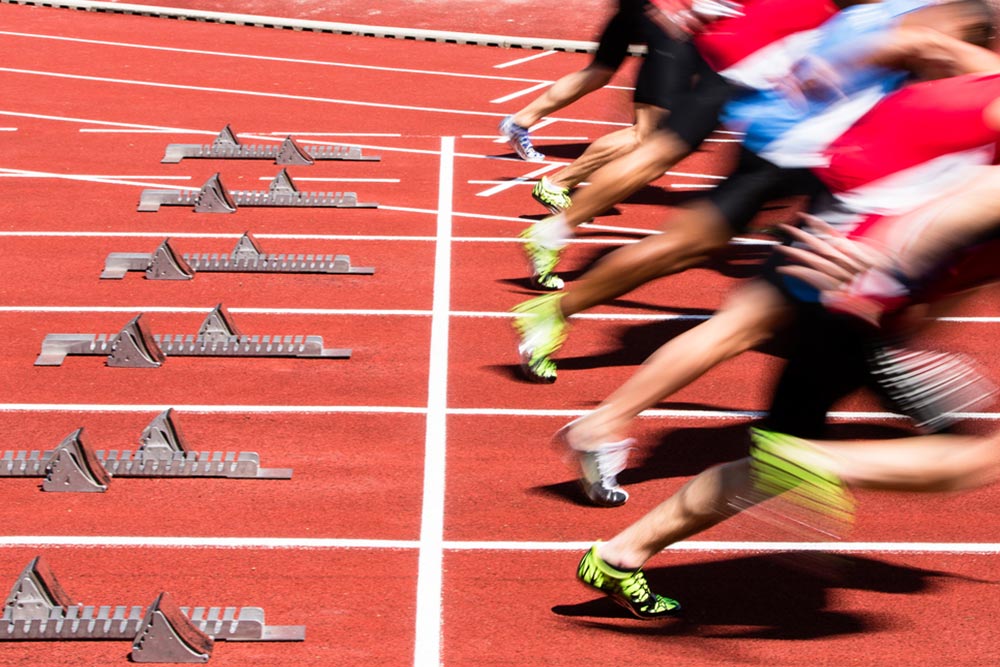


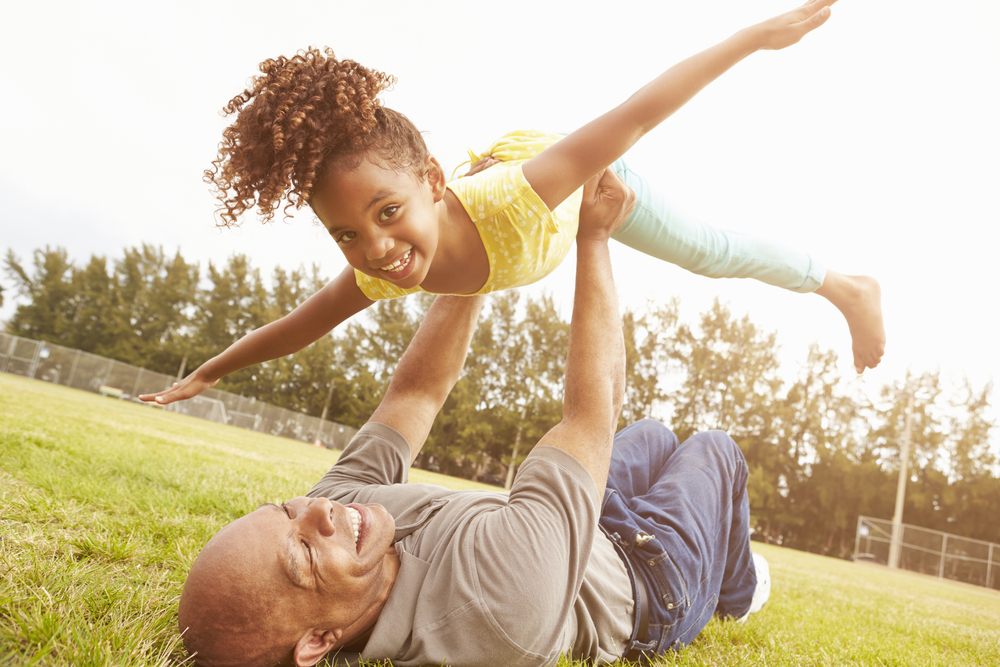
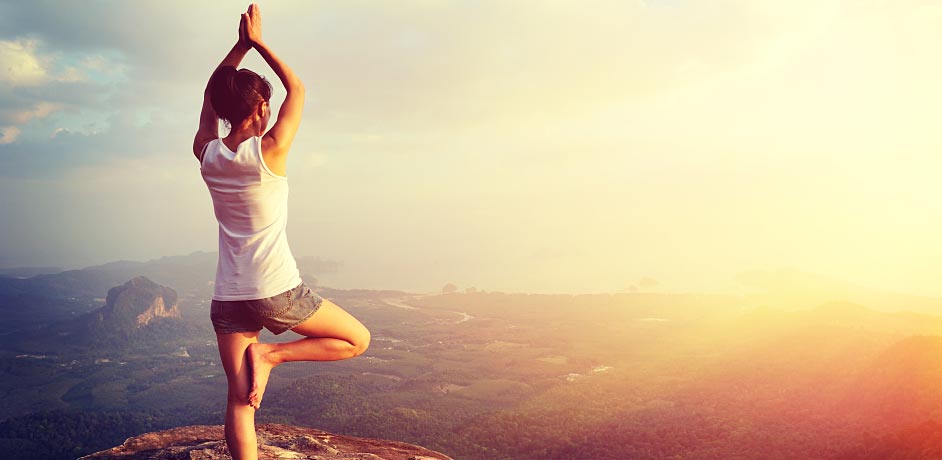


No comments:
Post a Comment